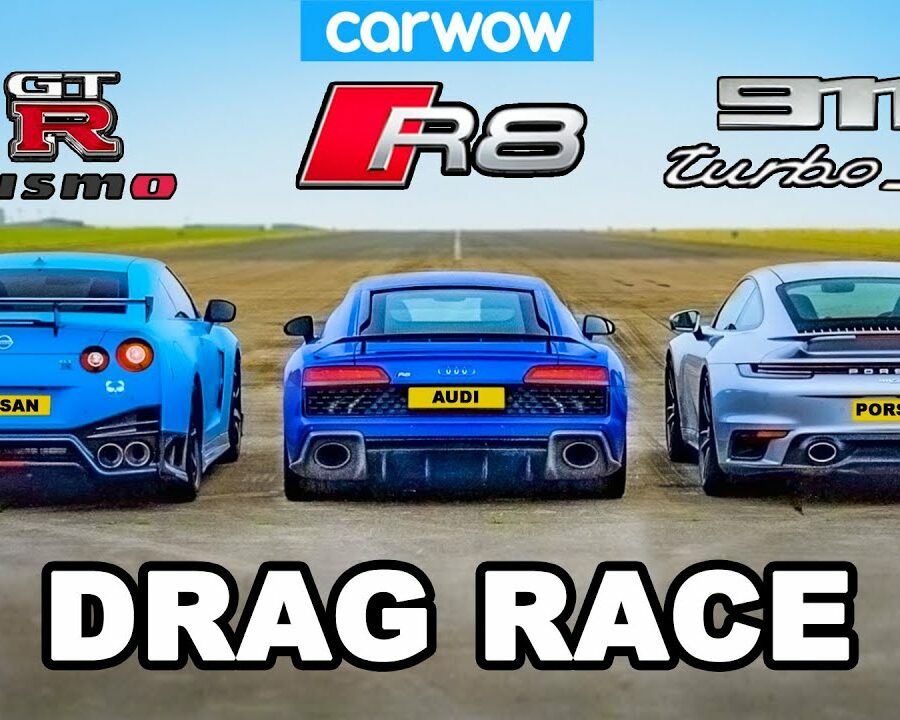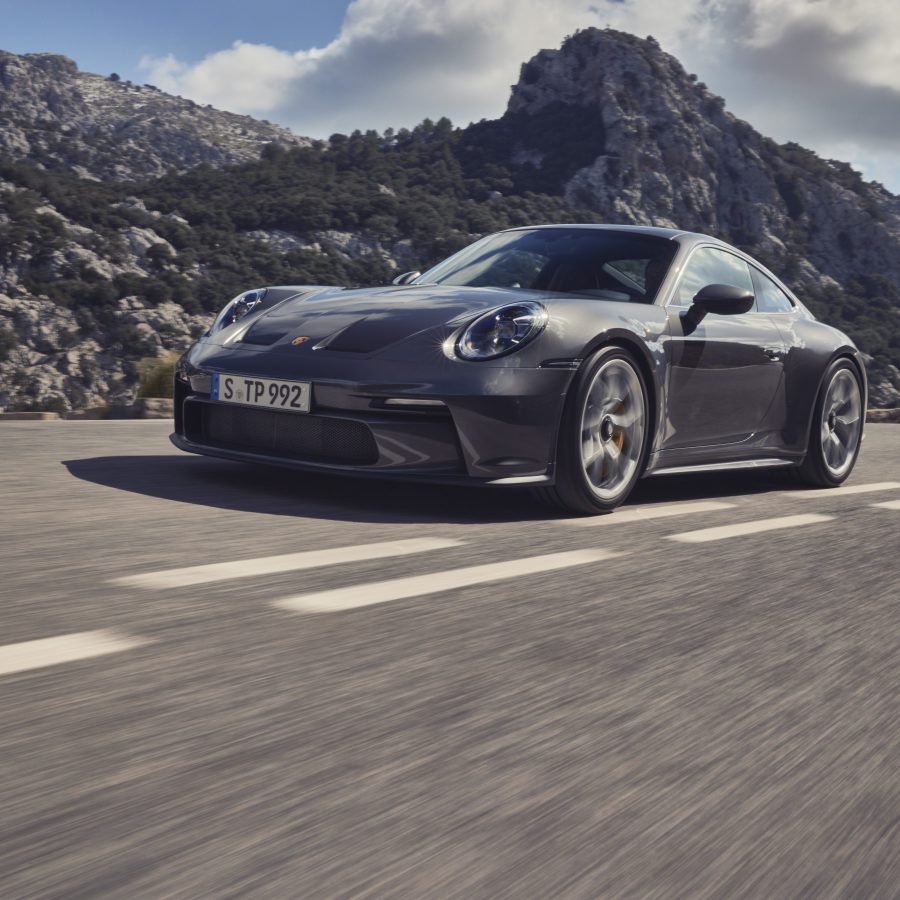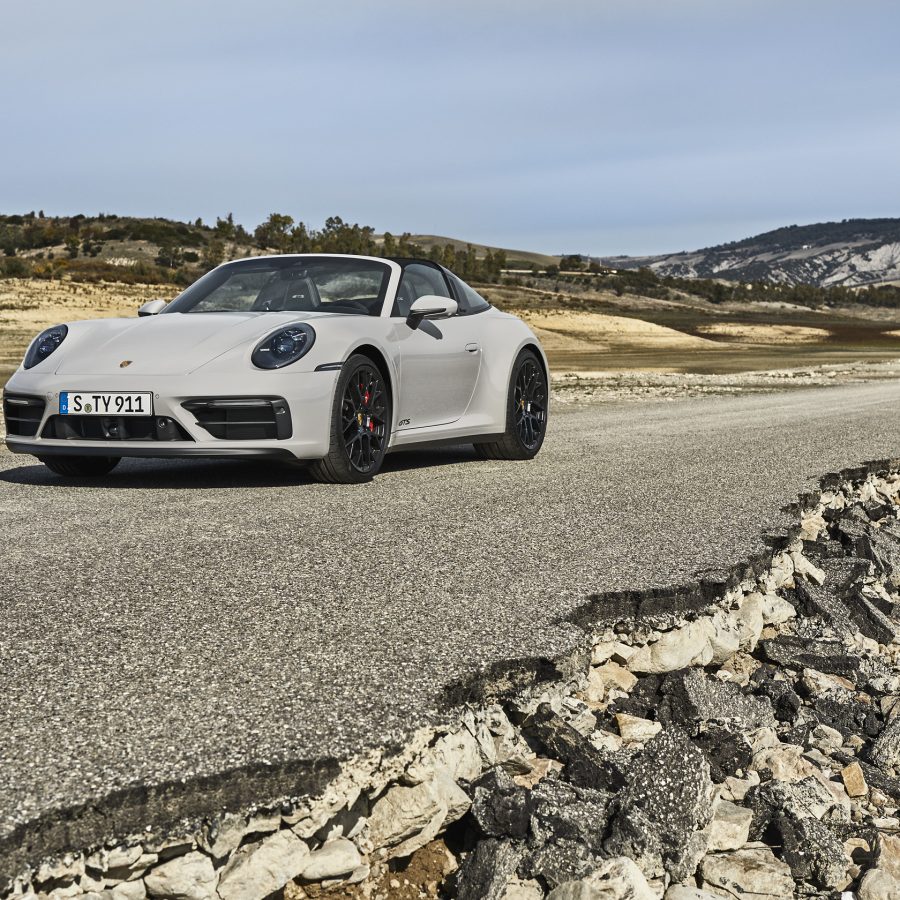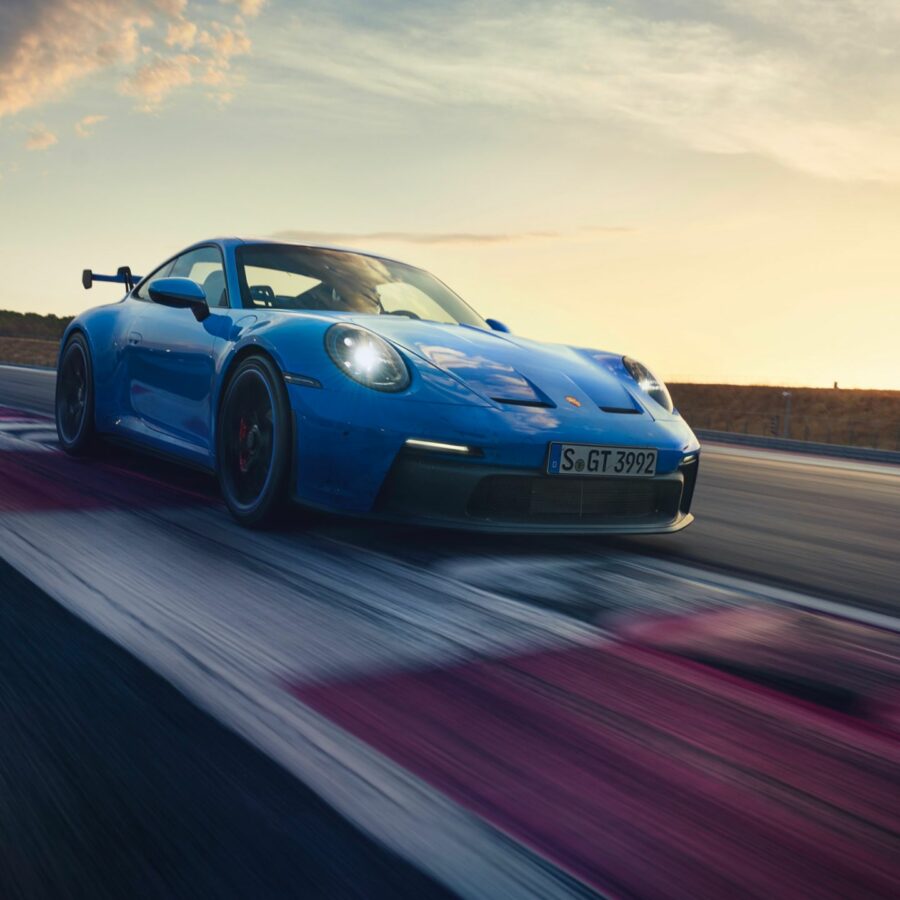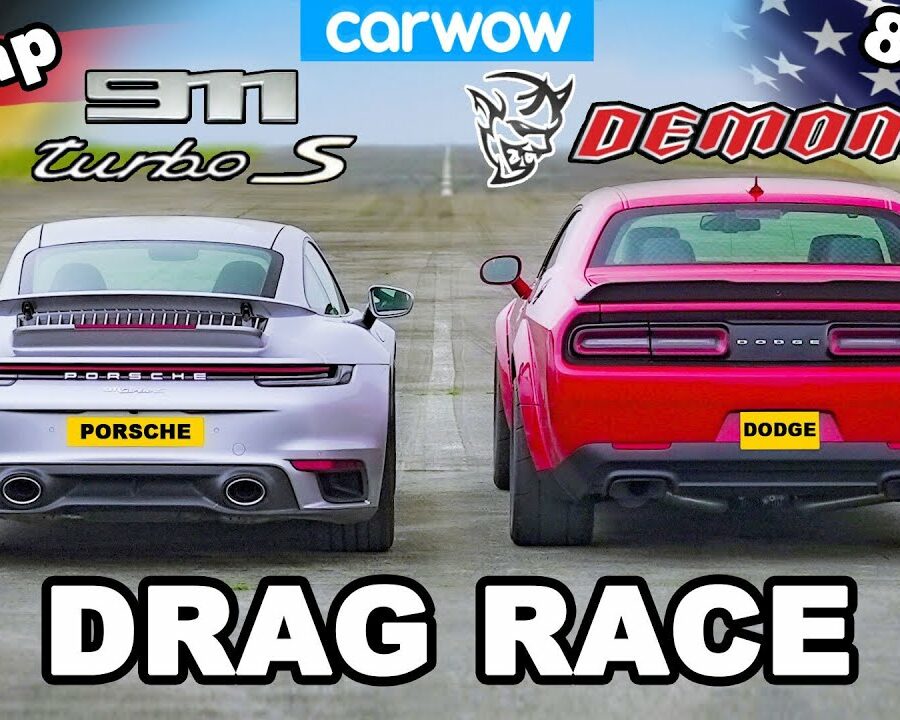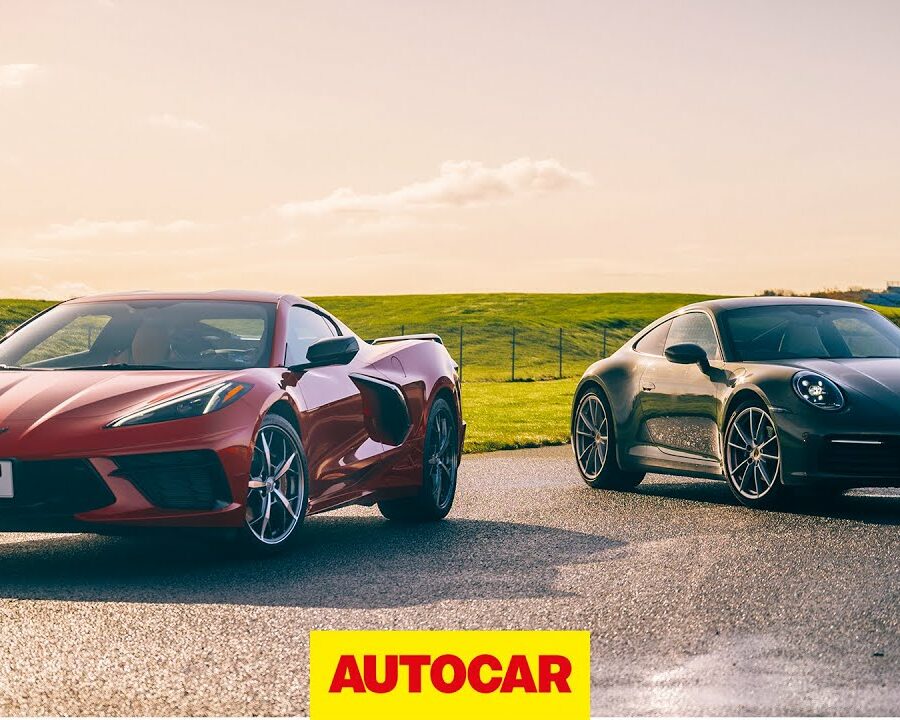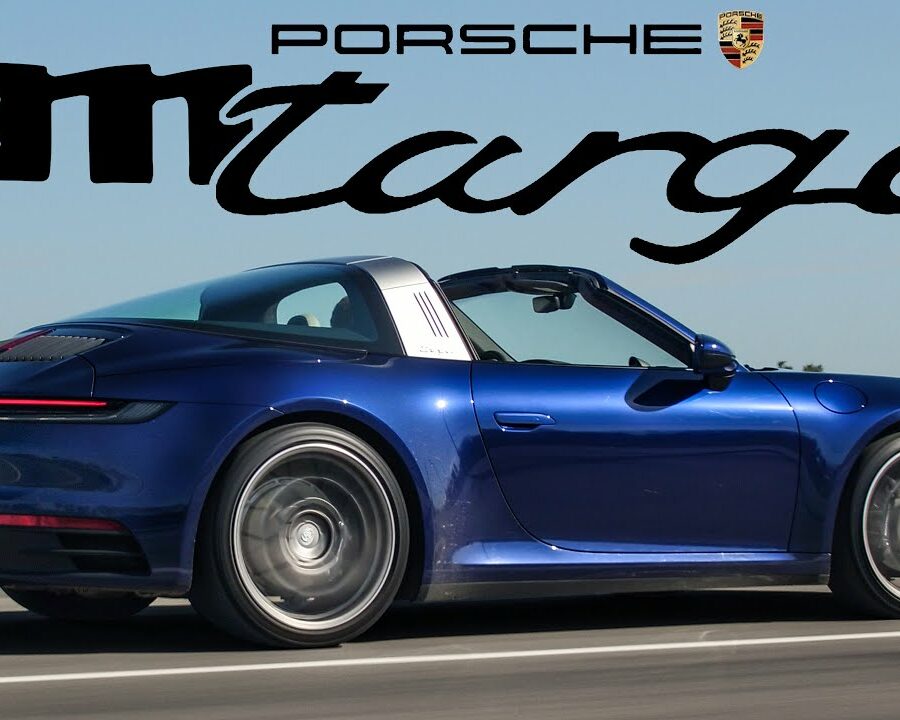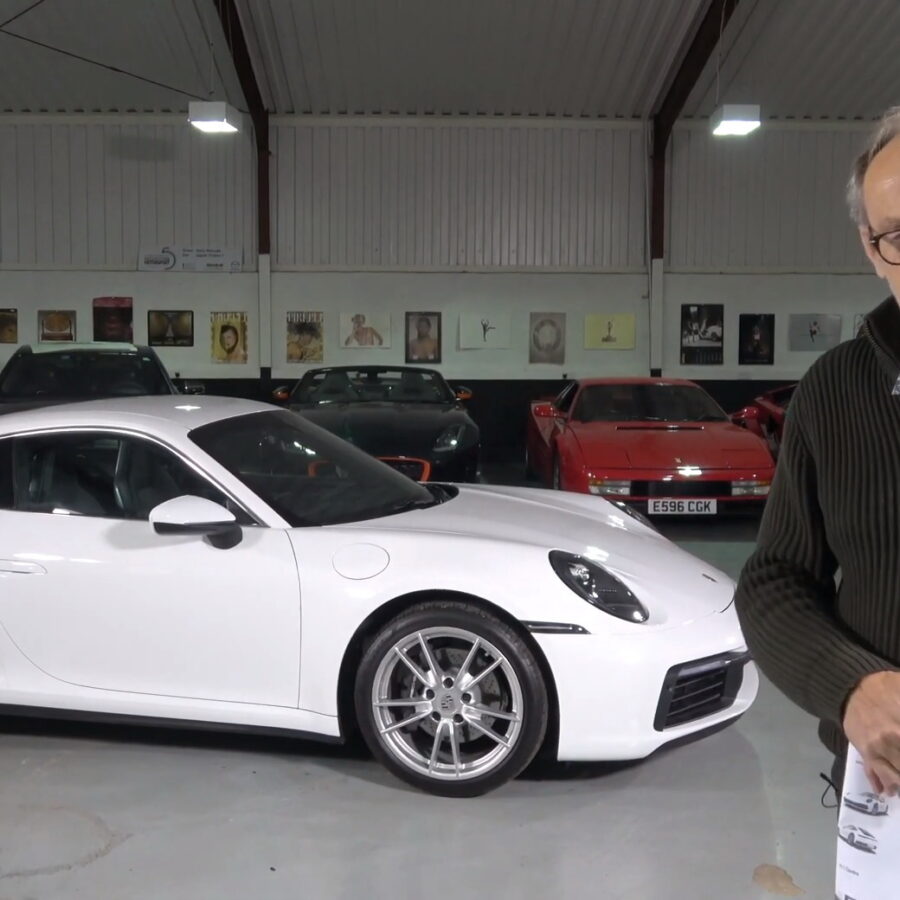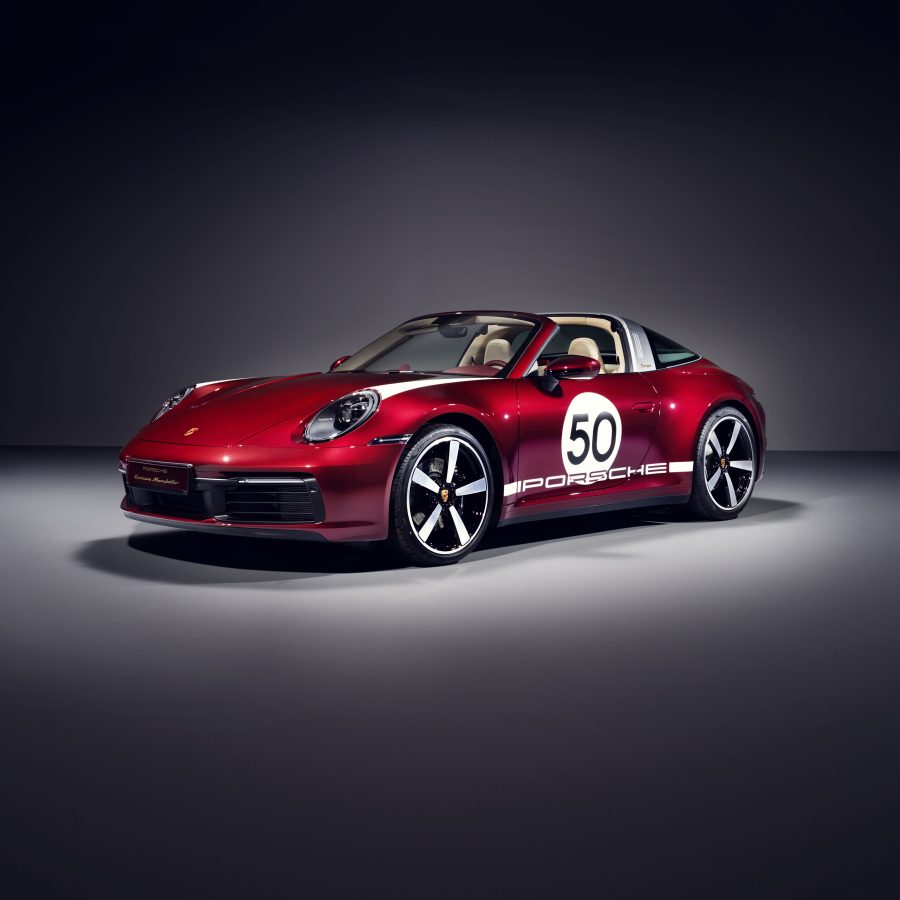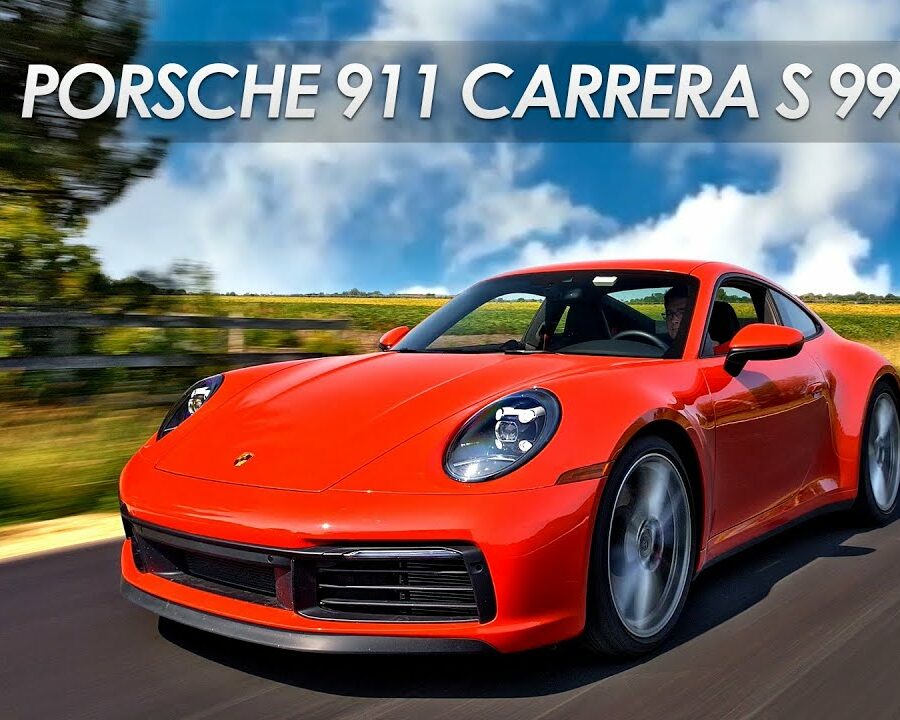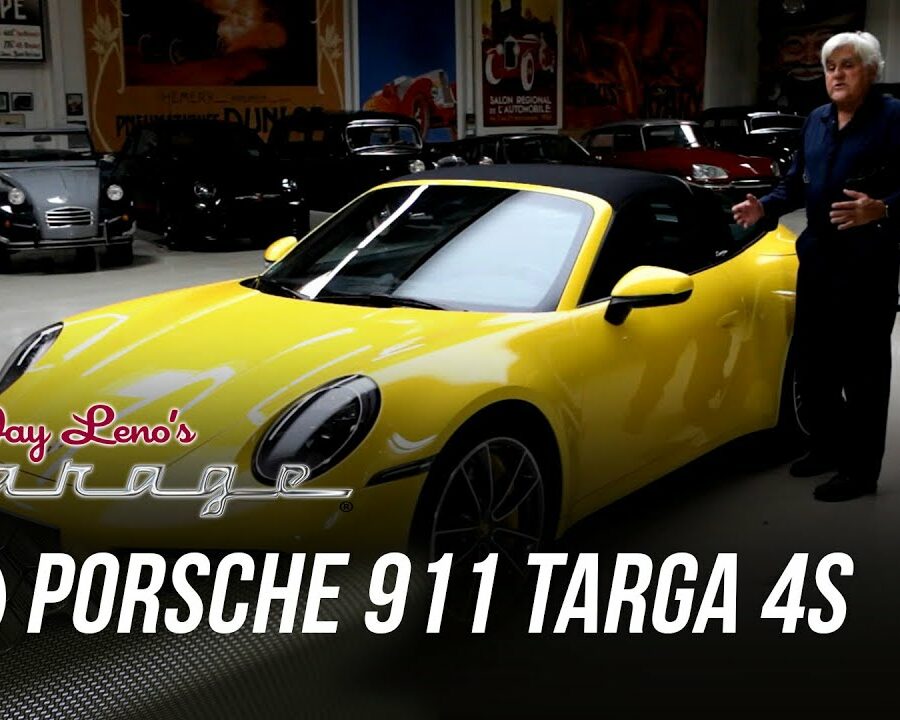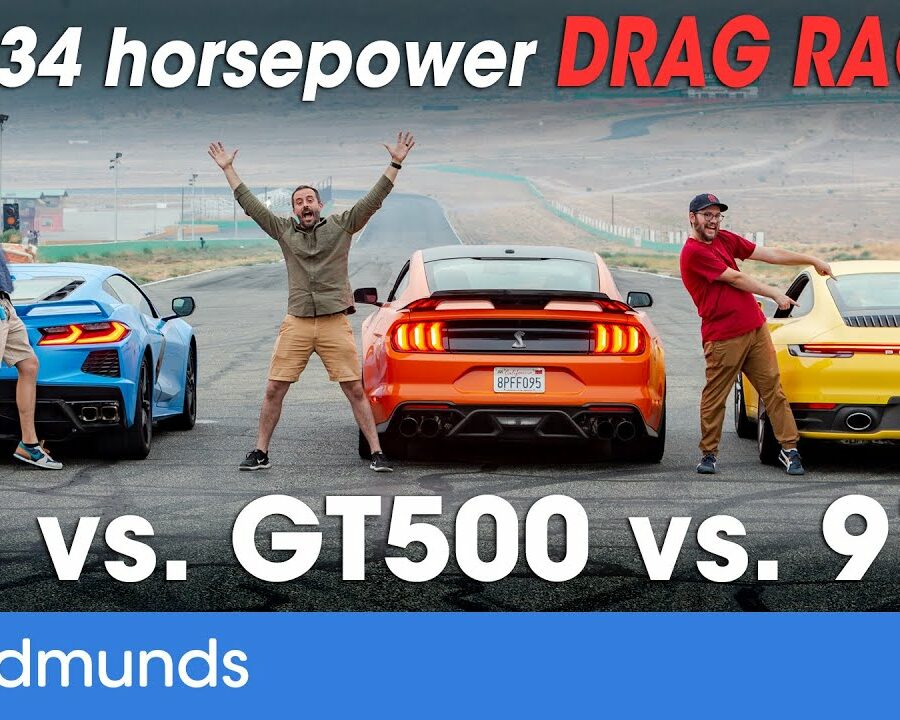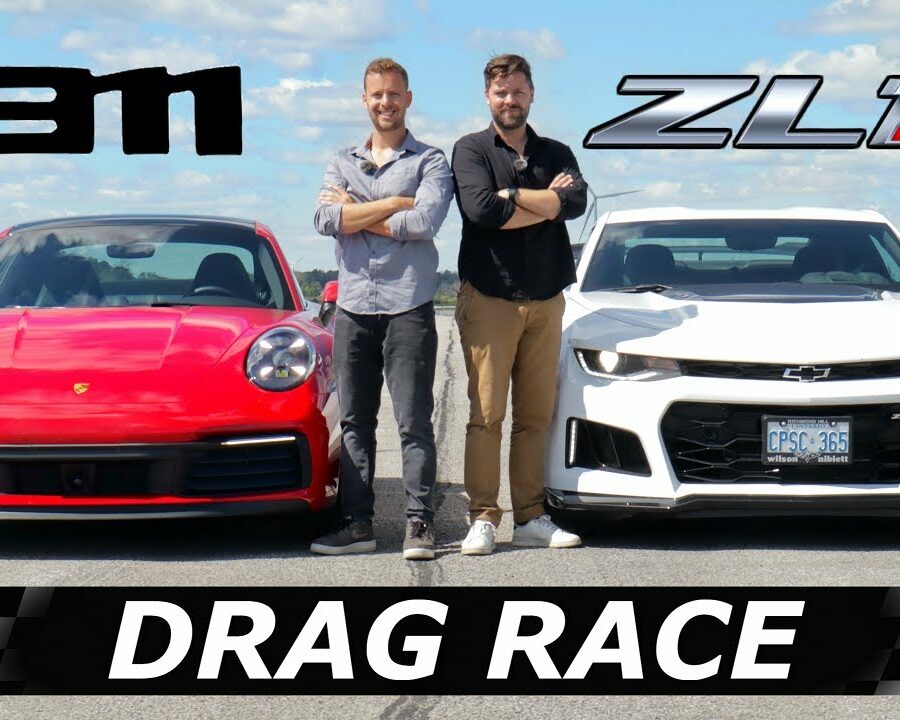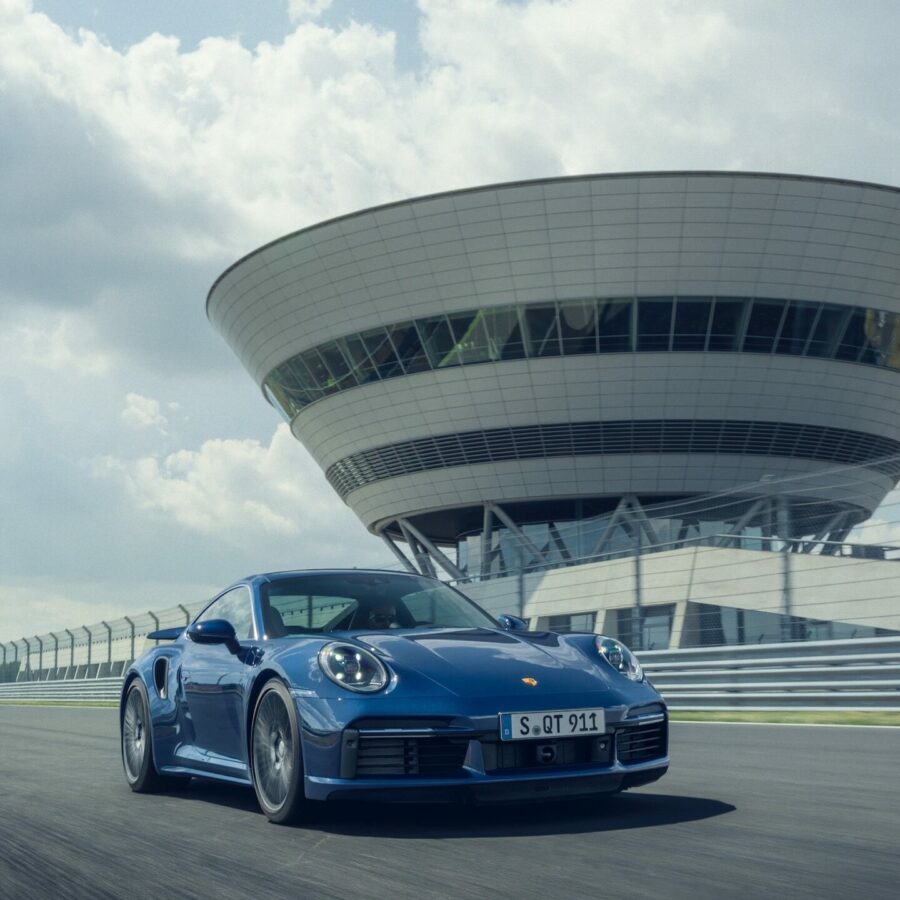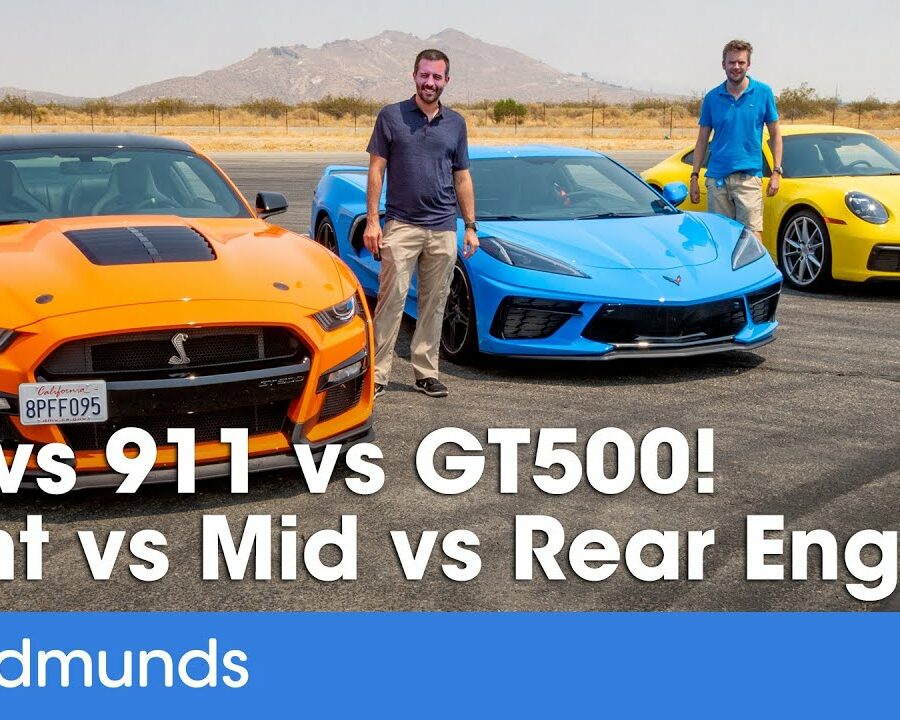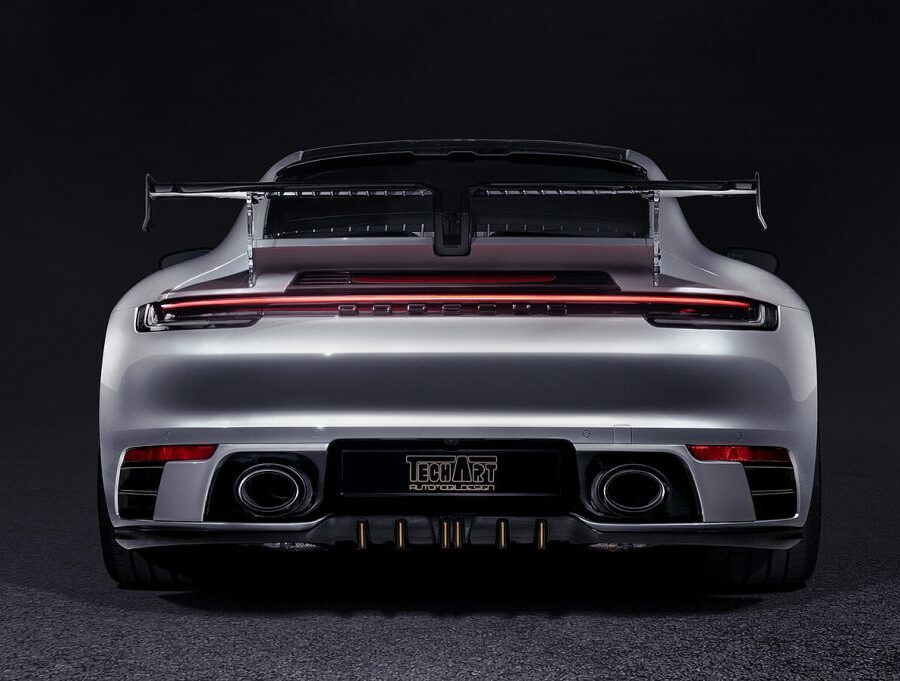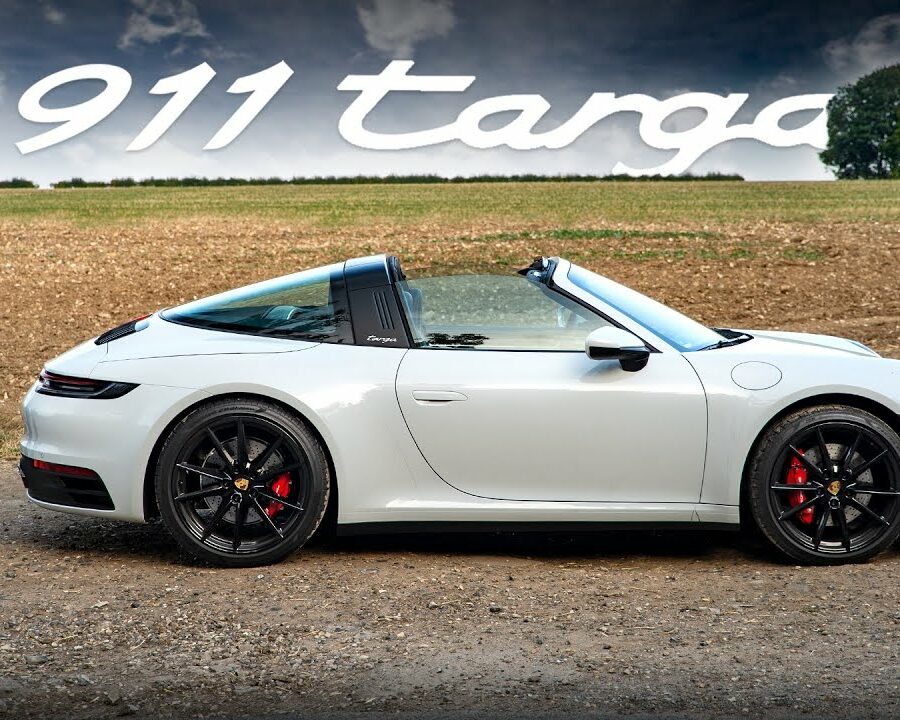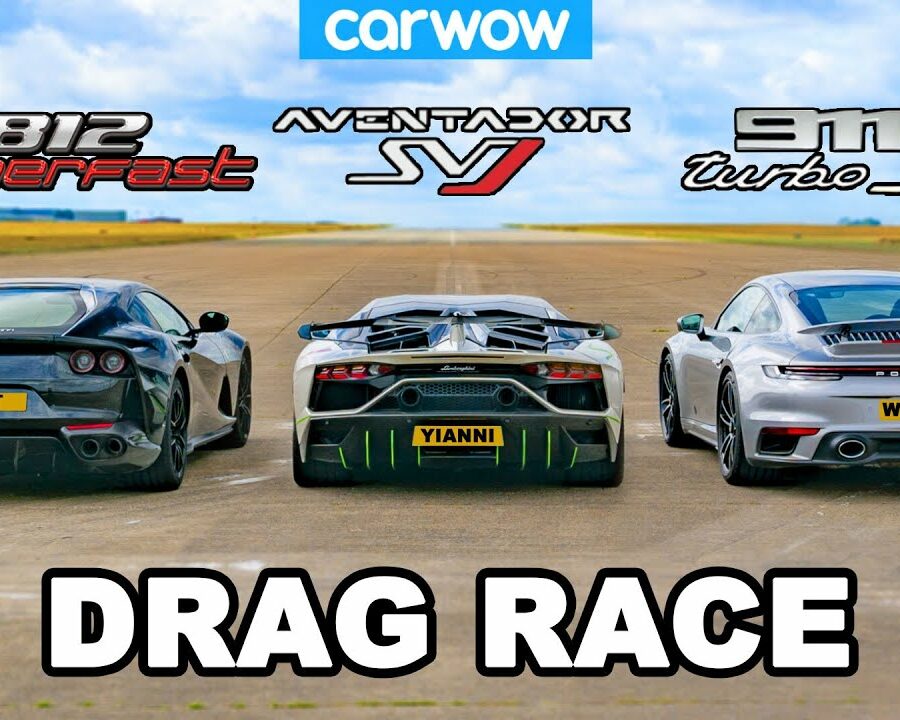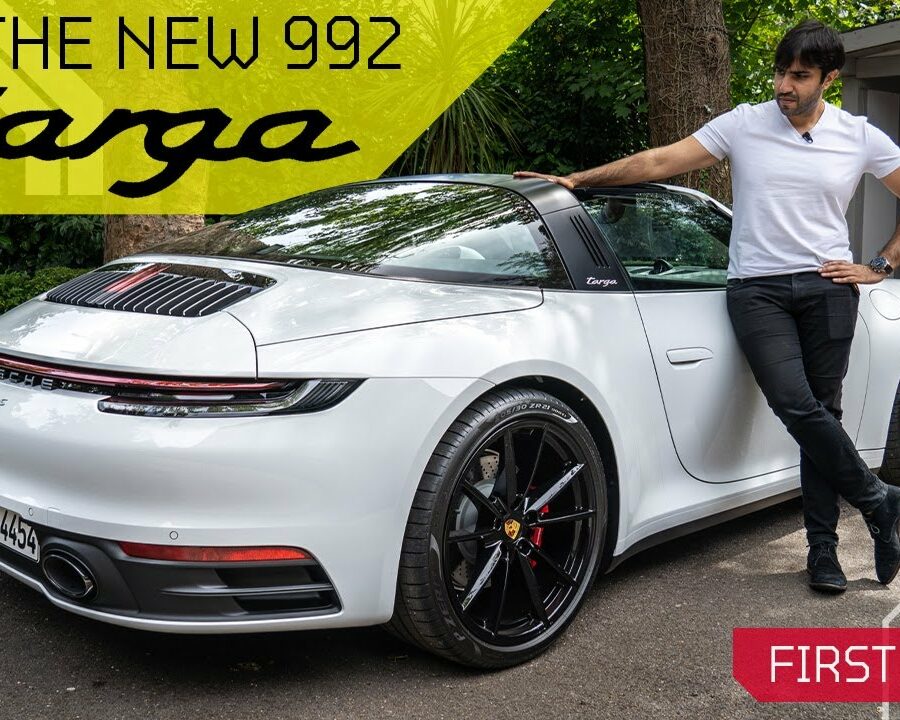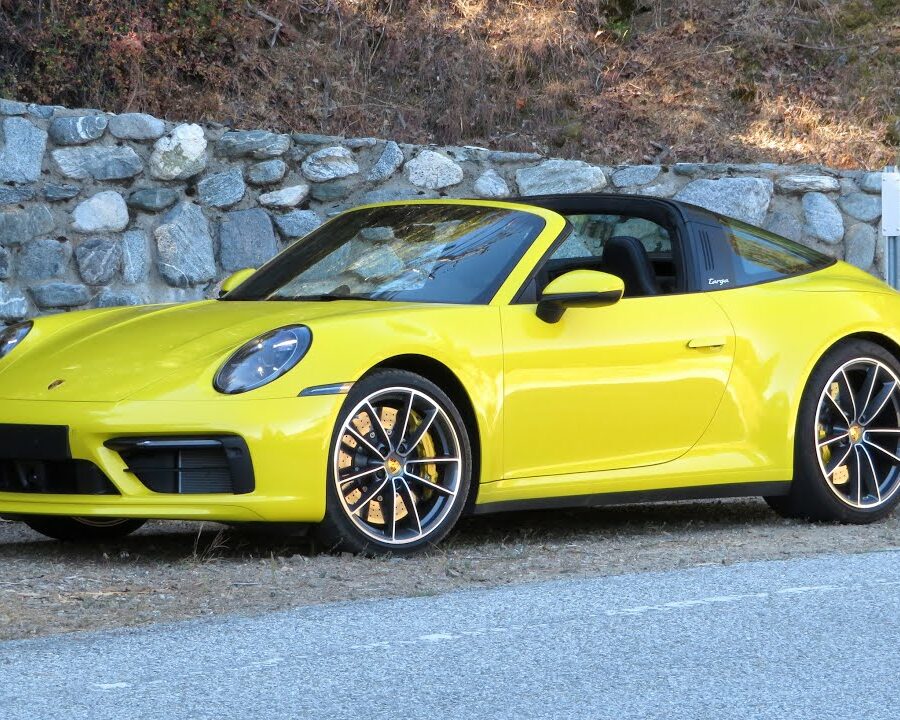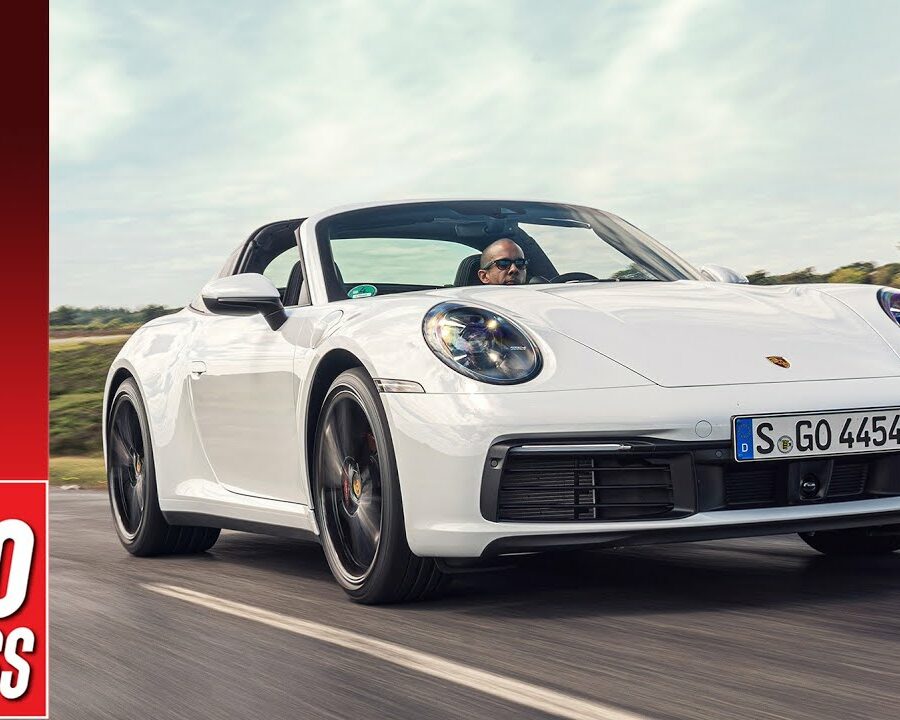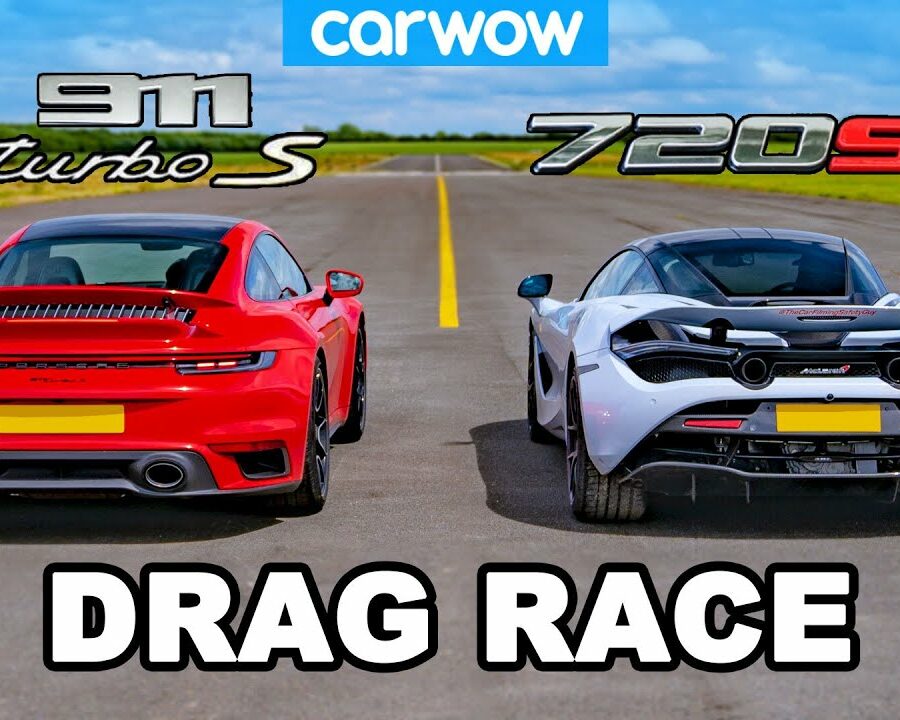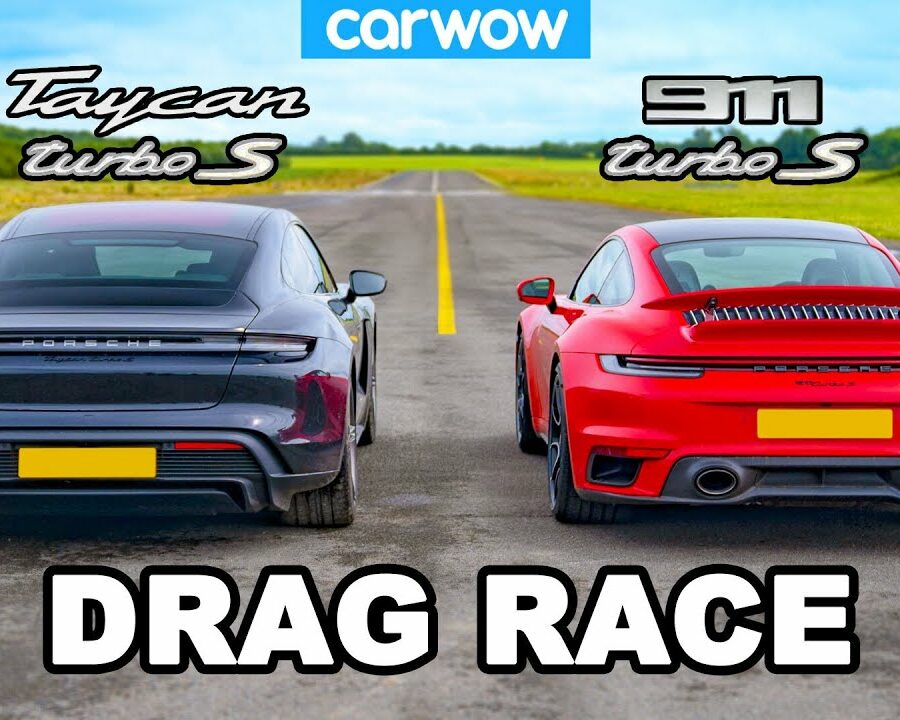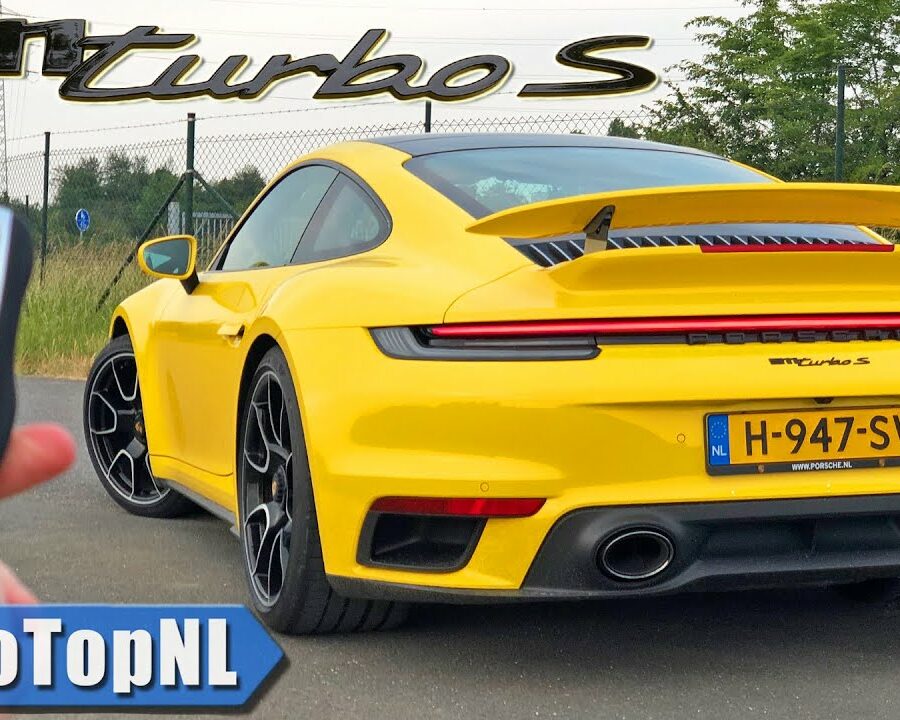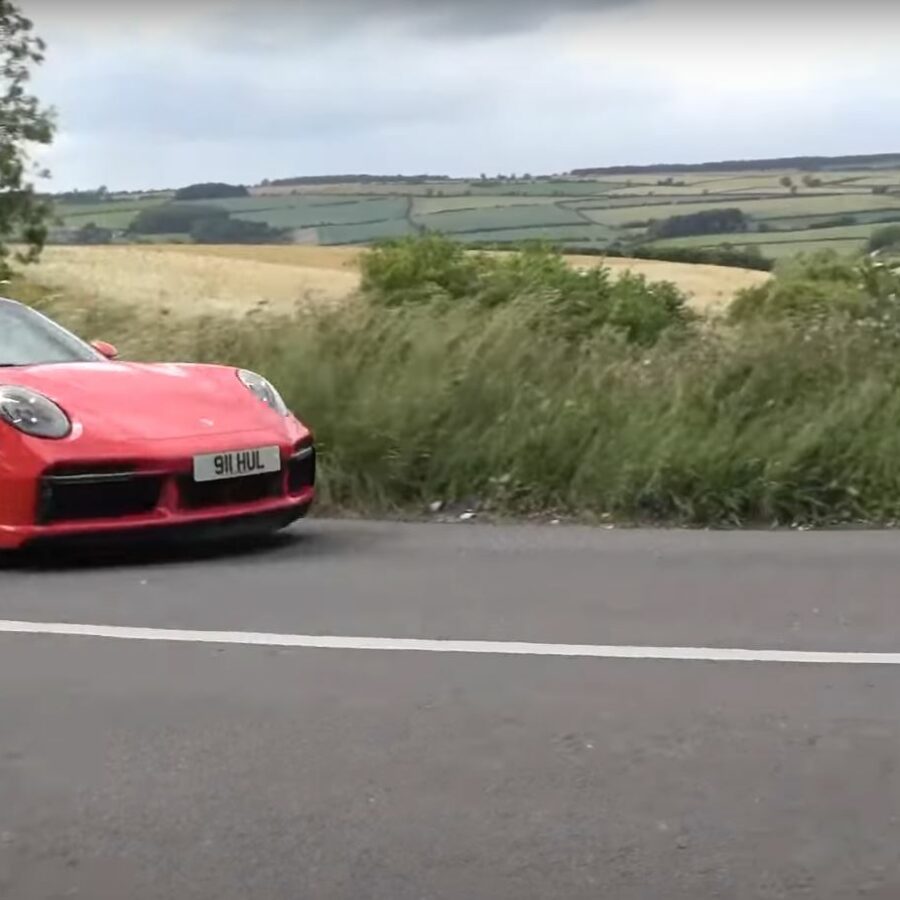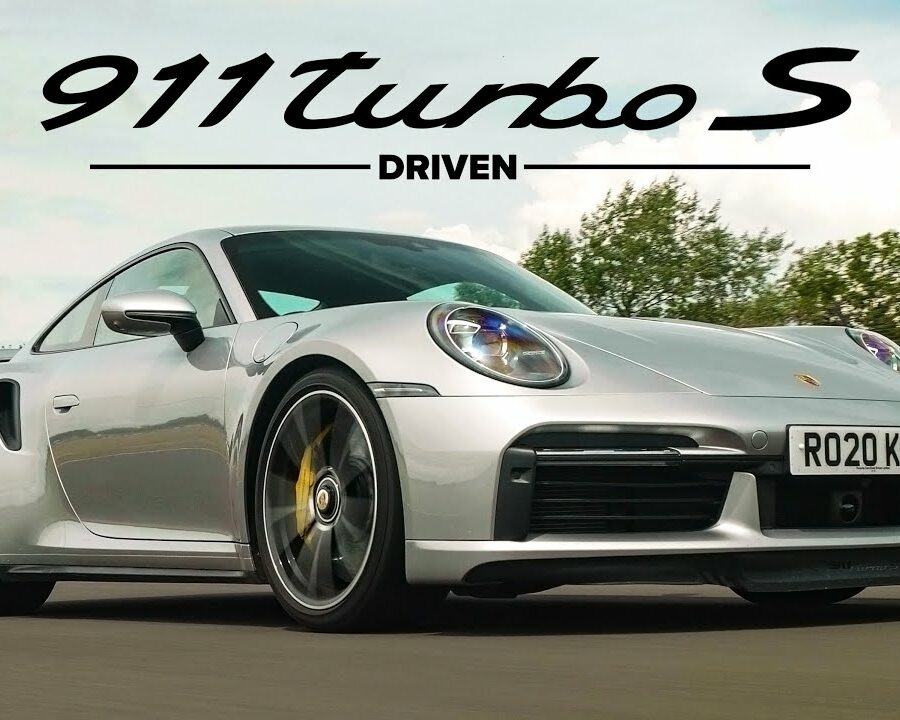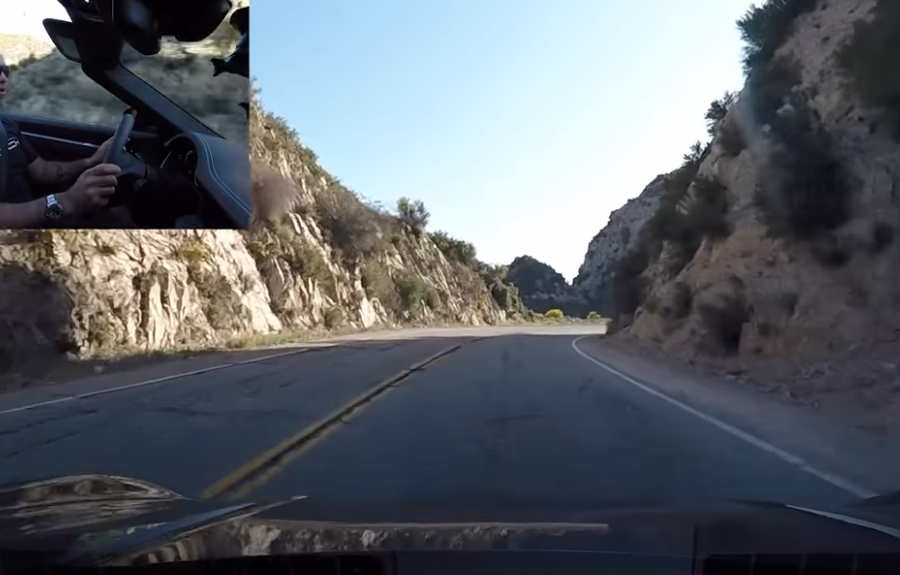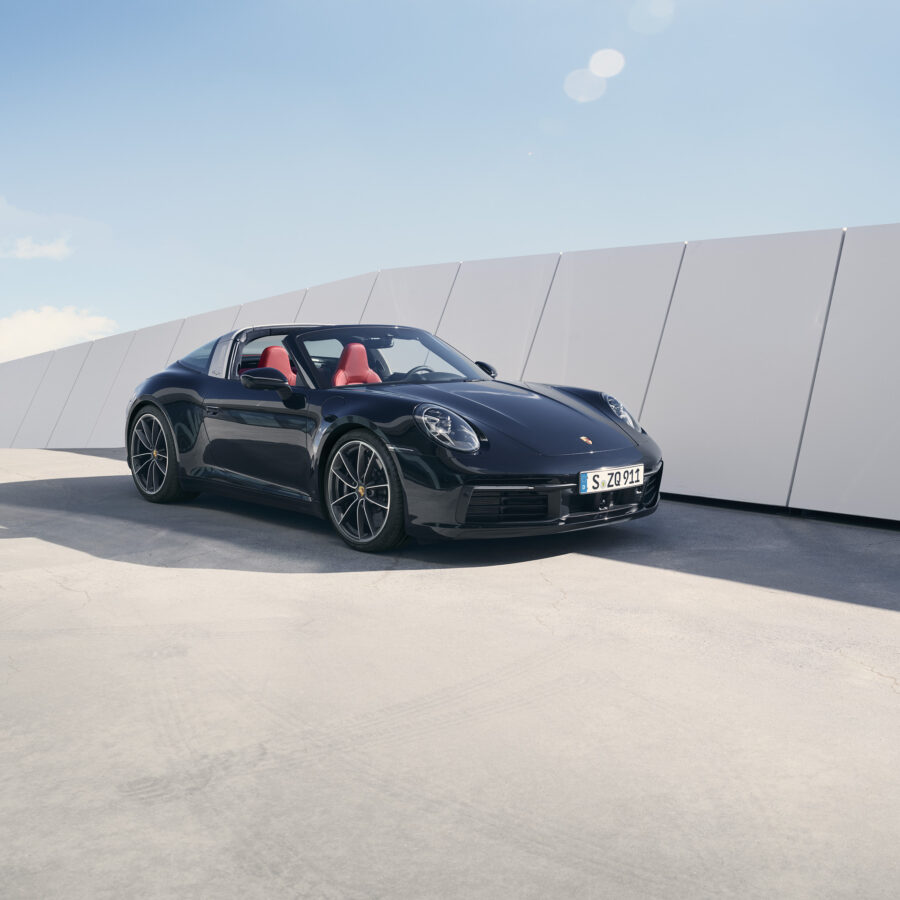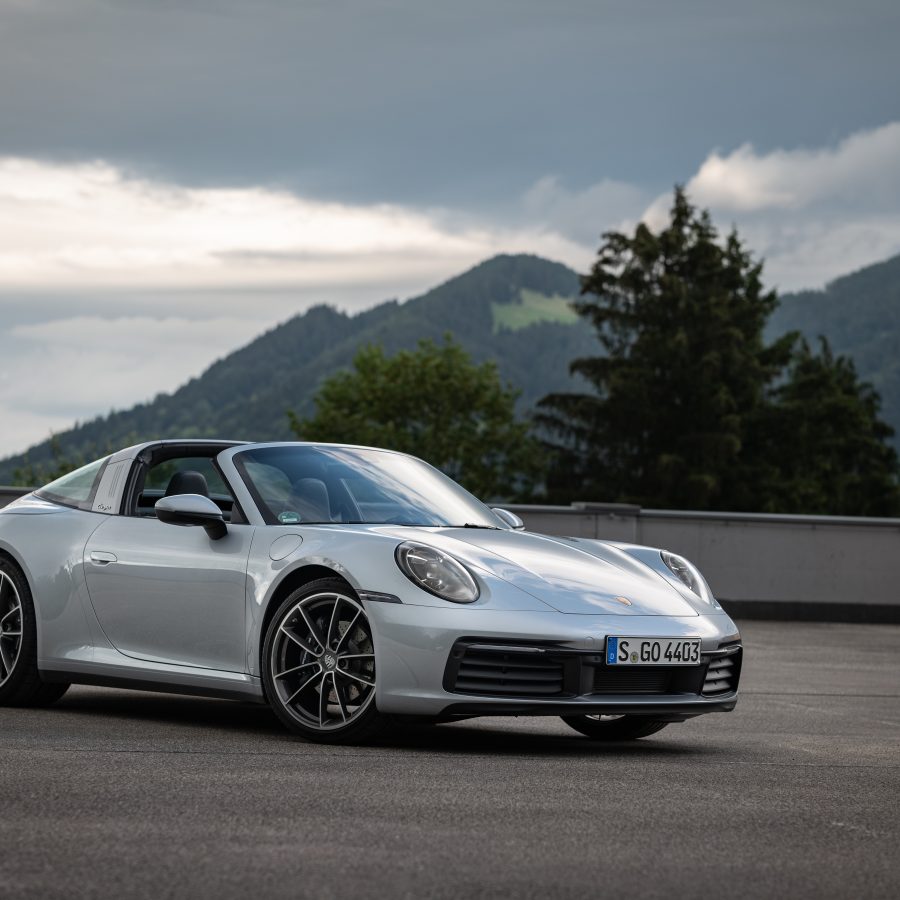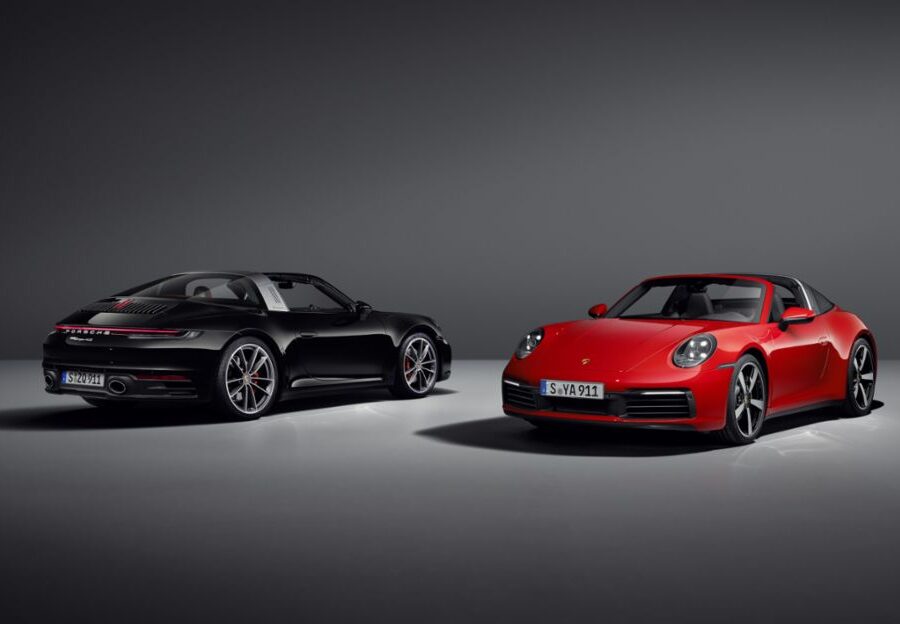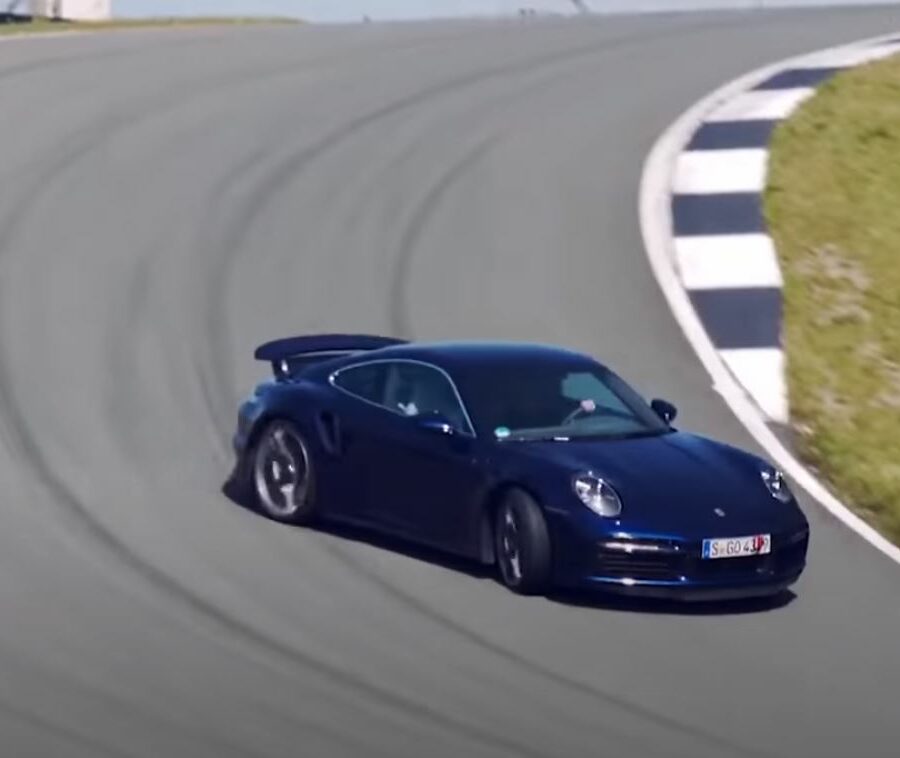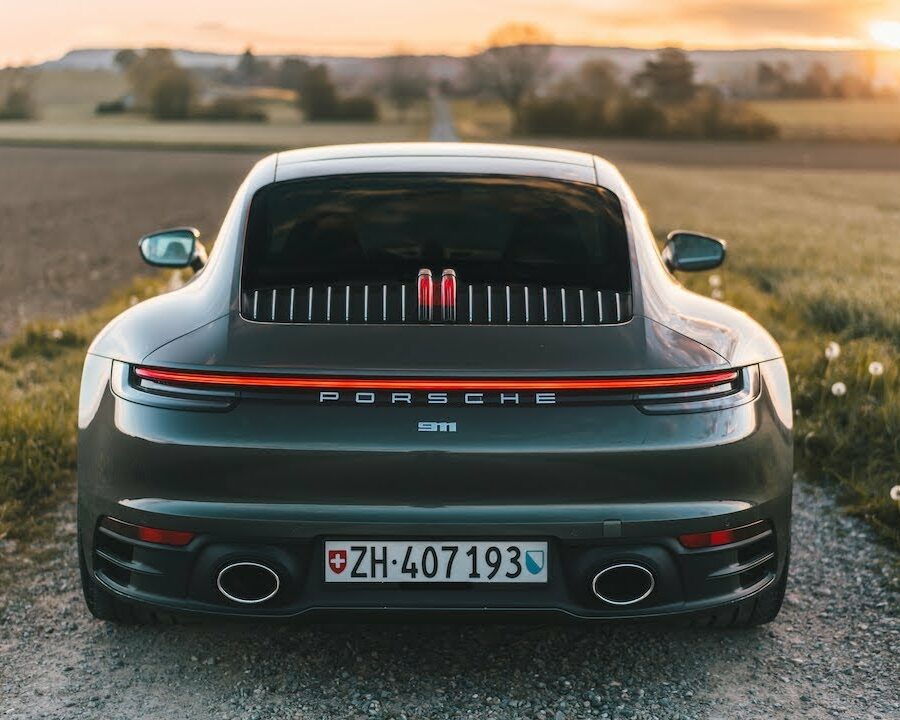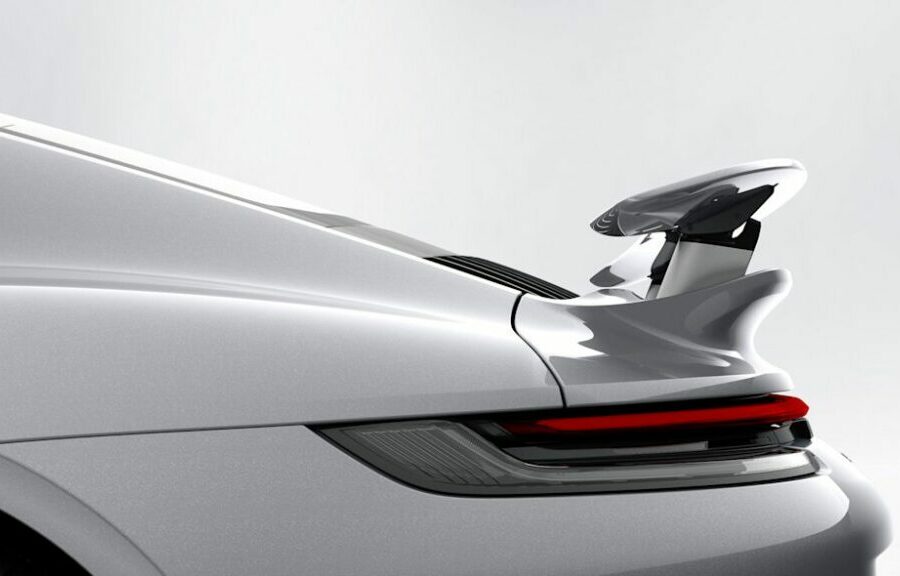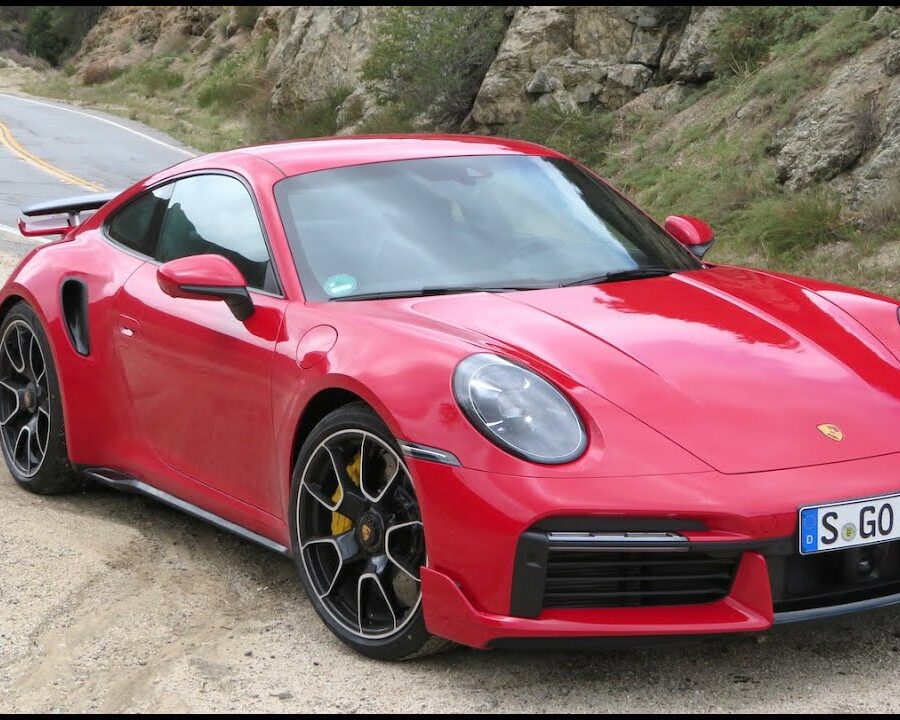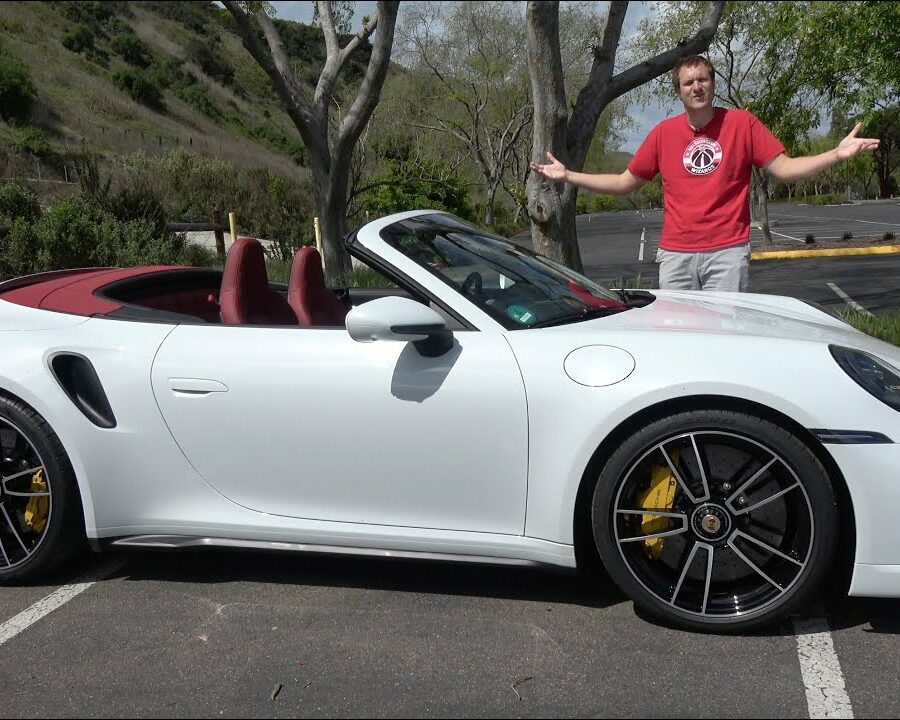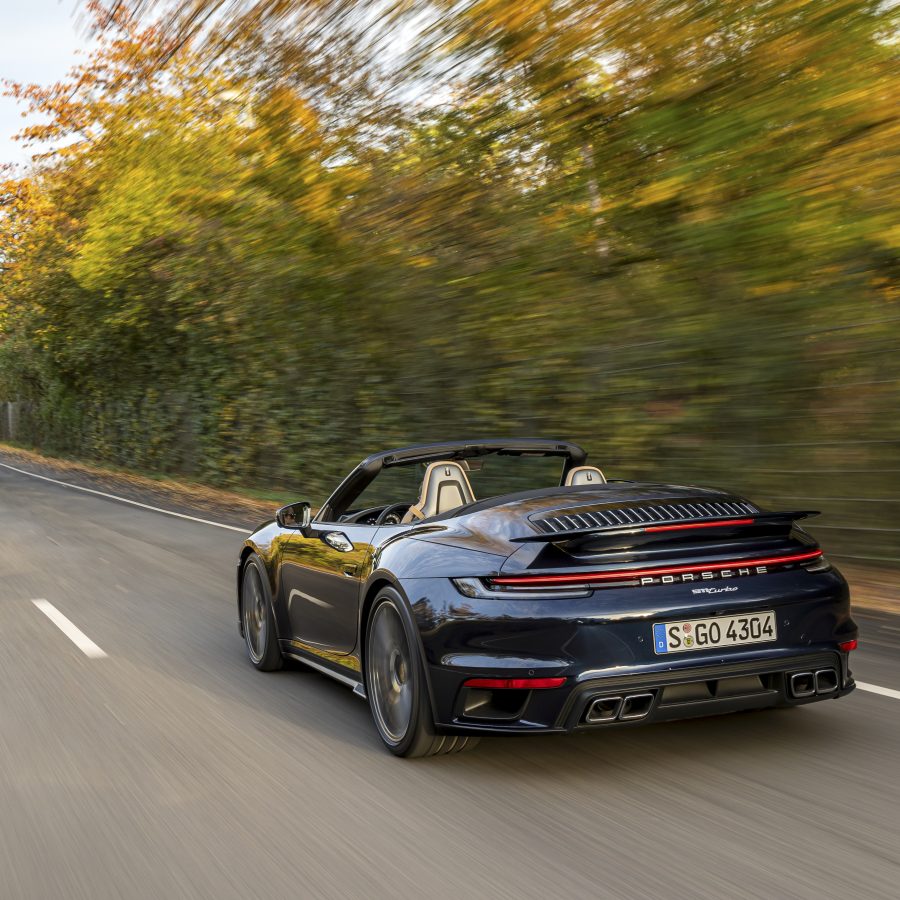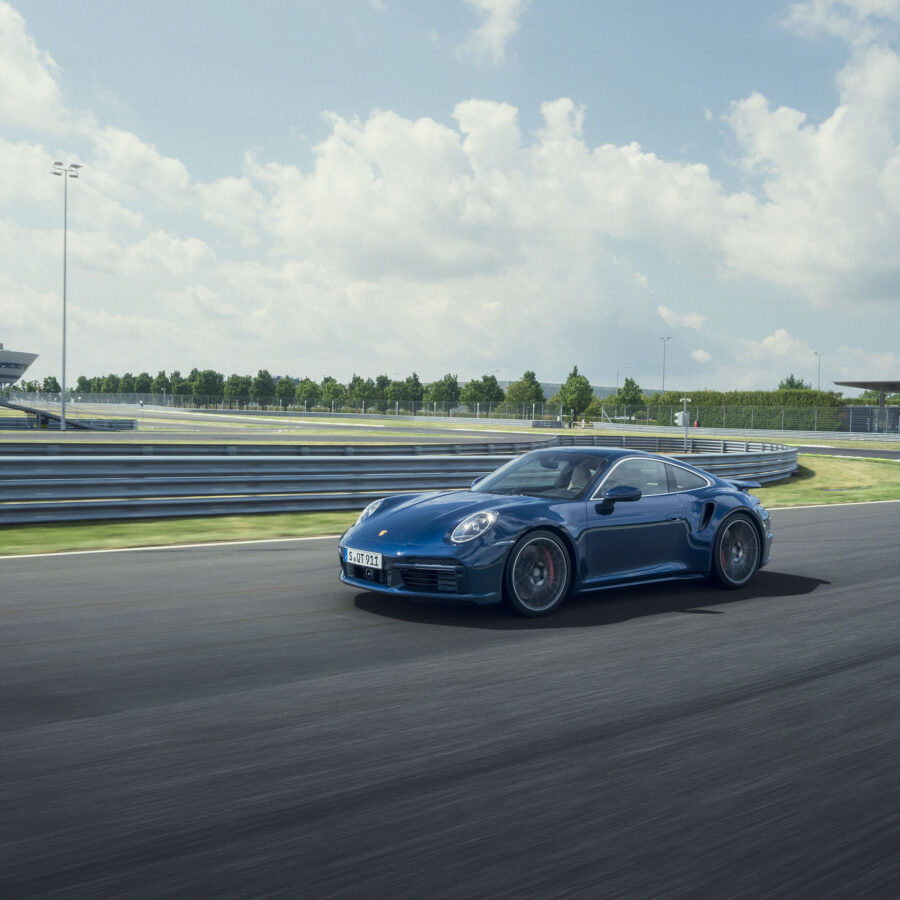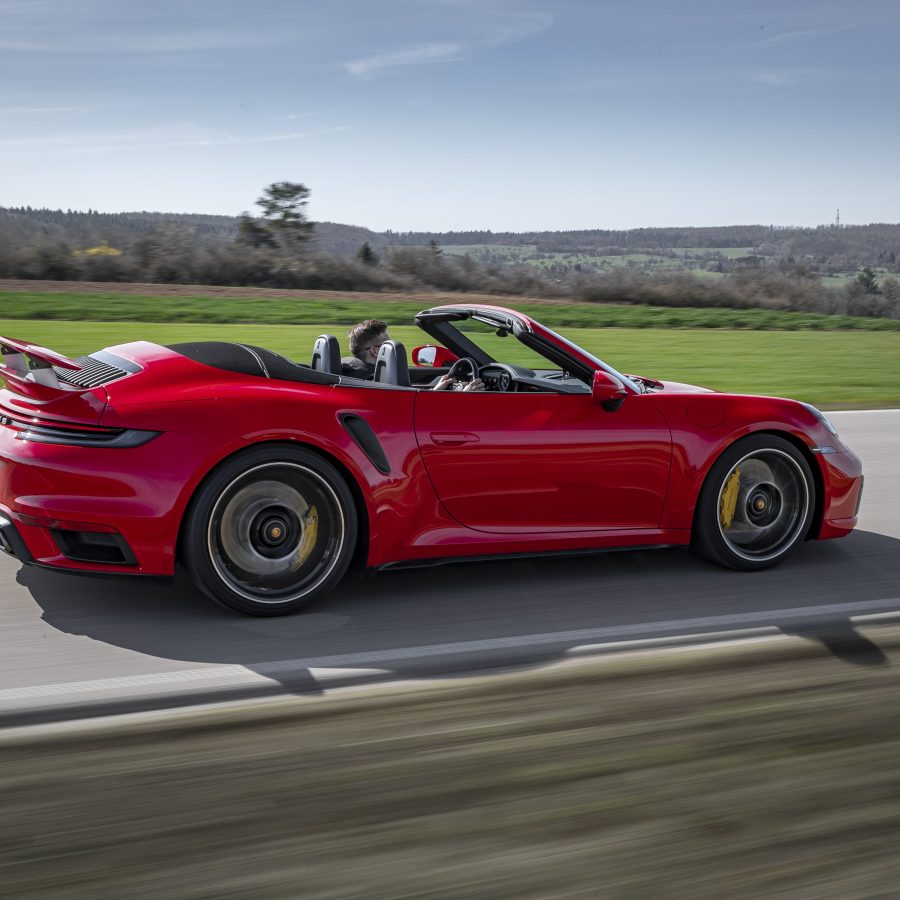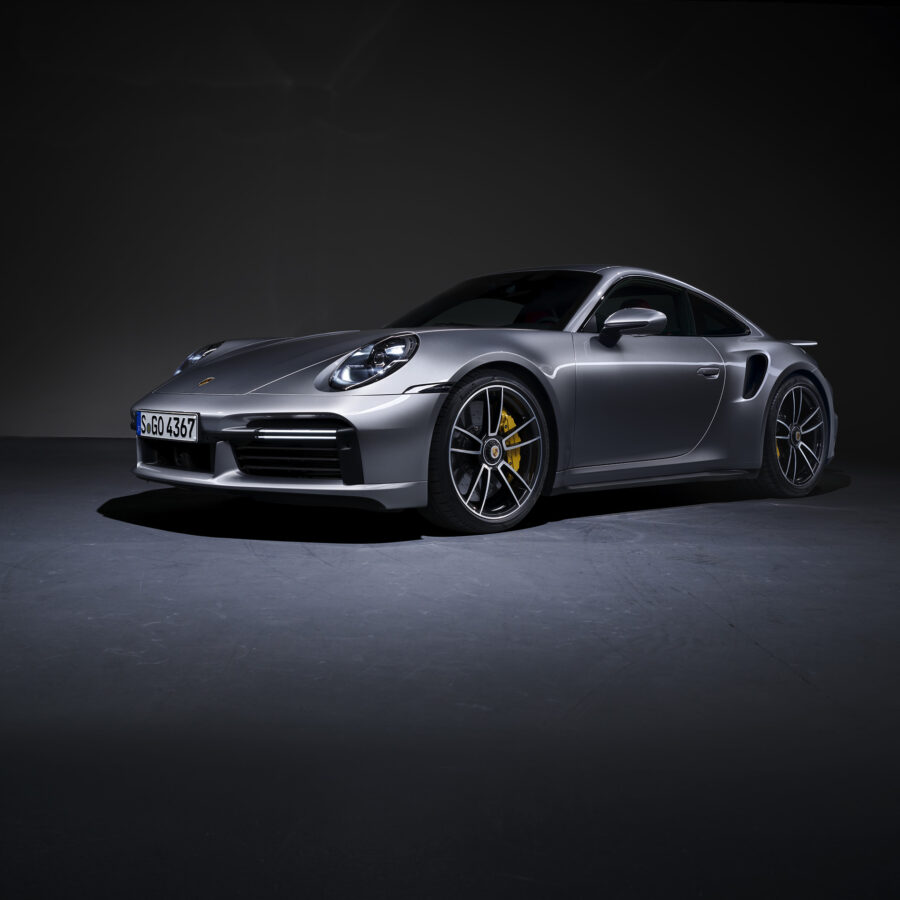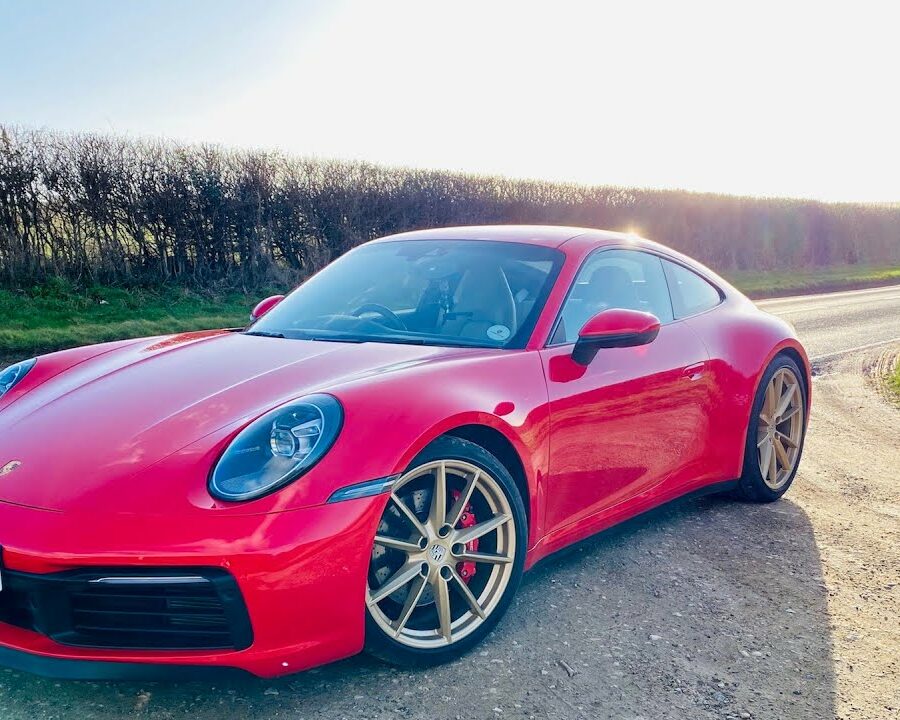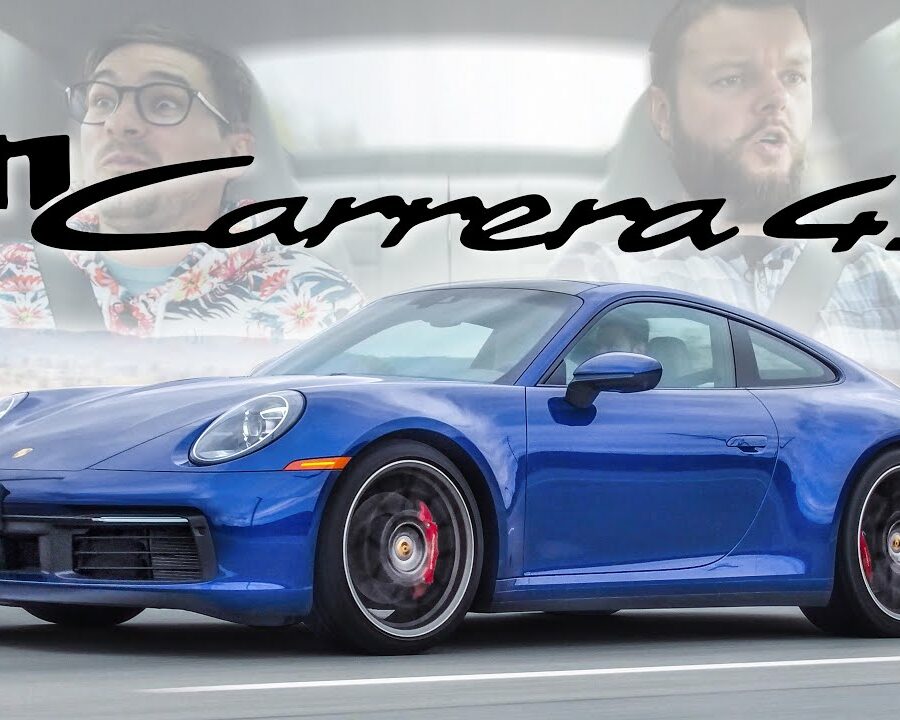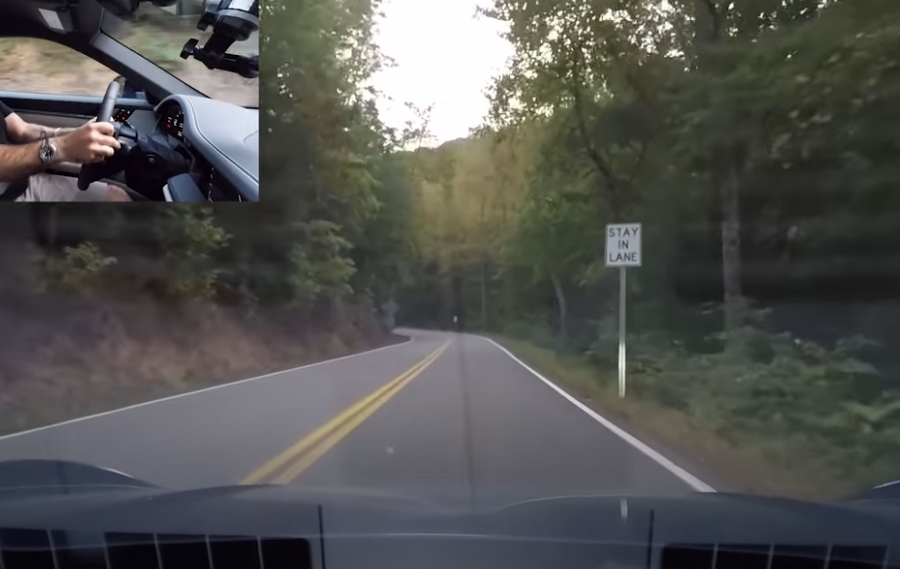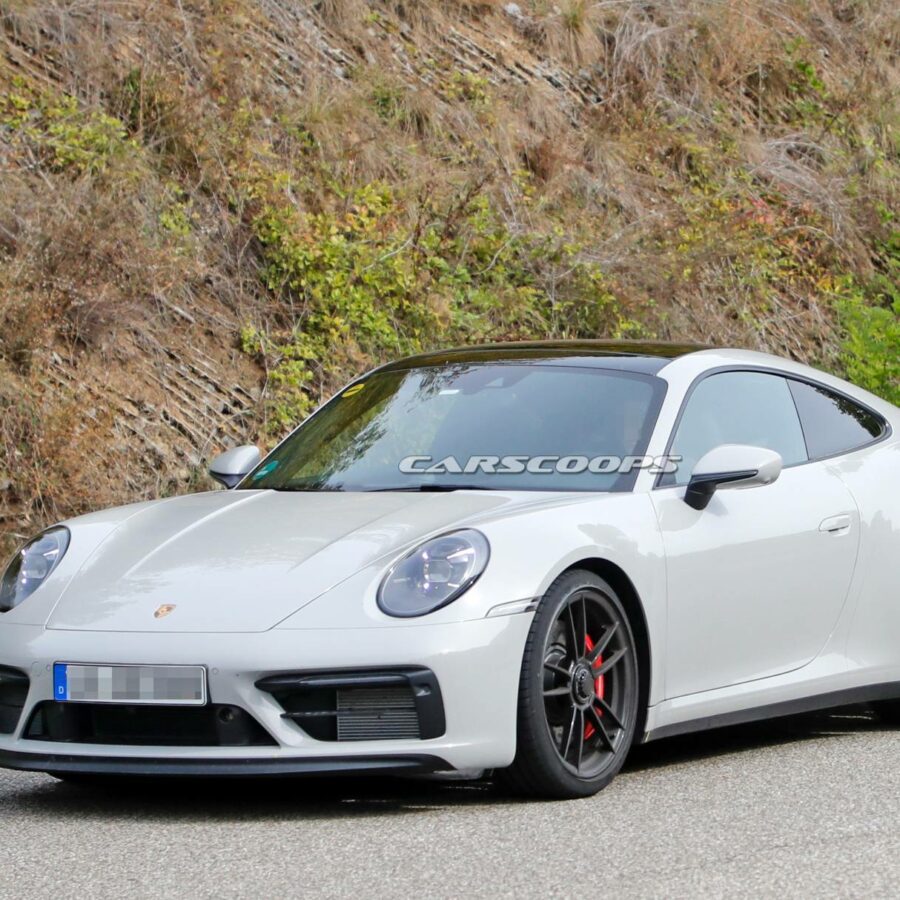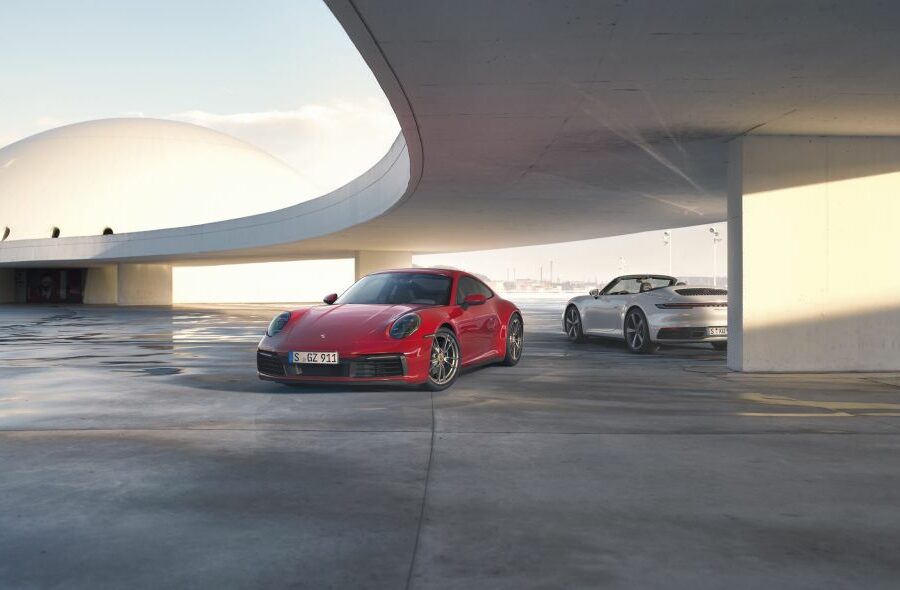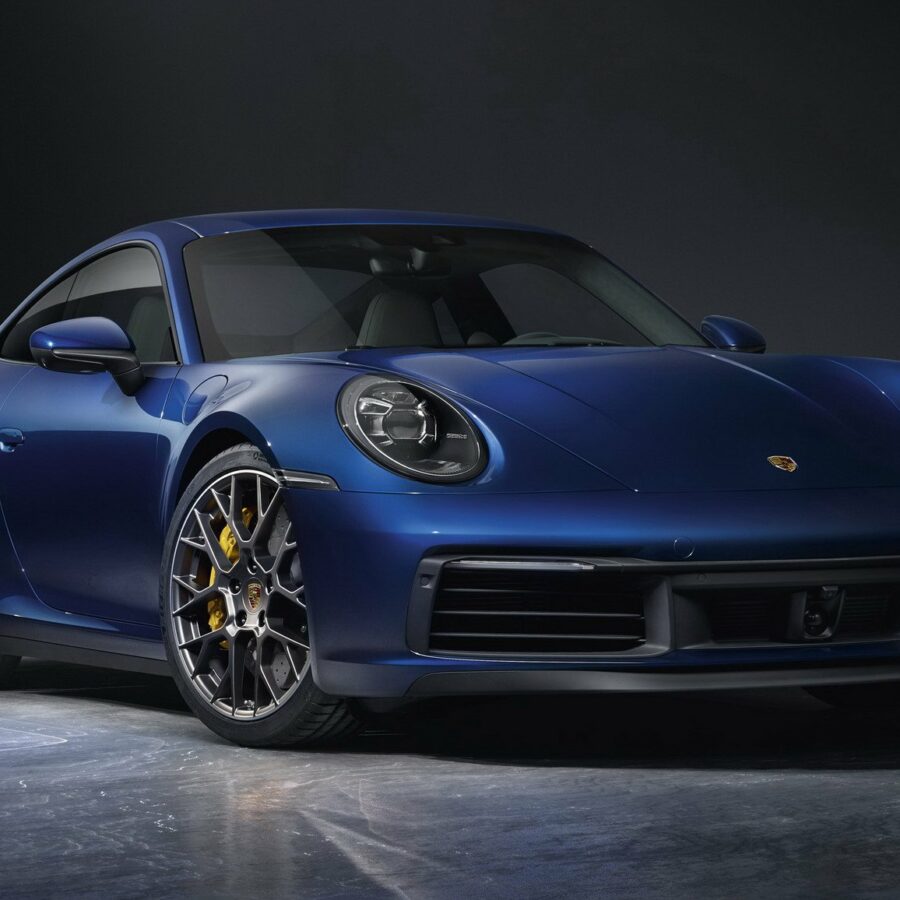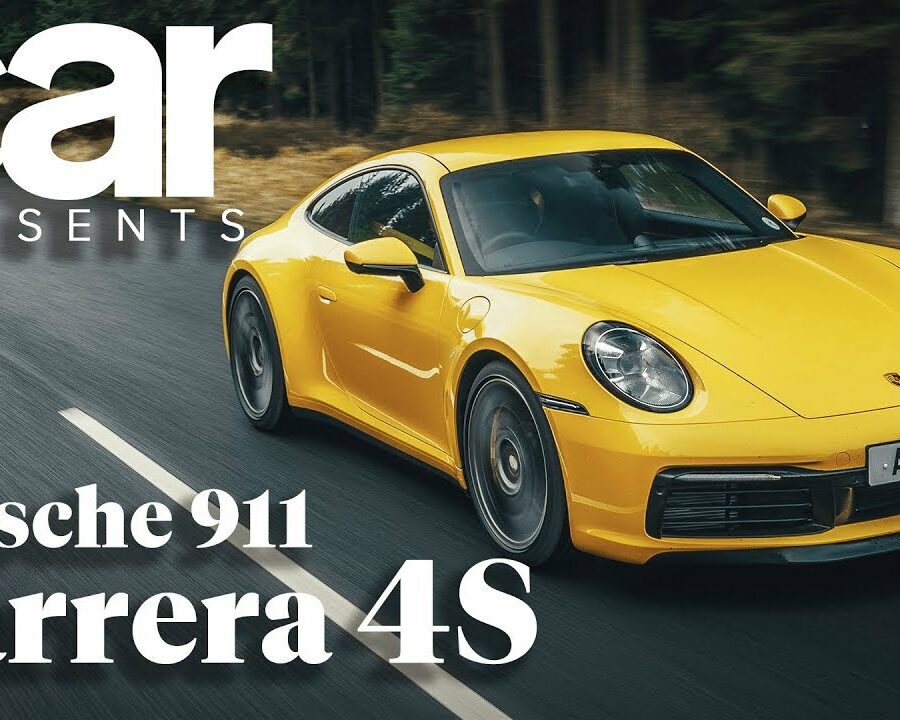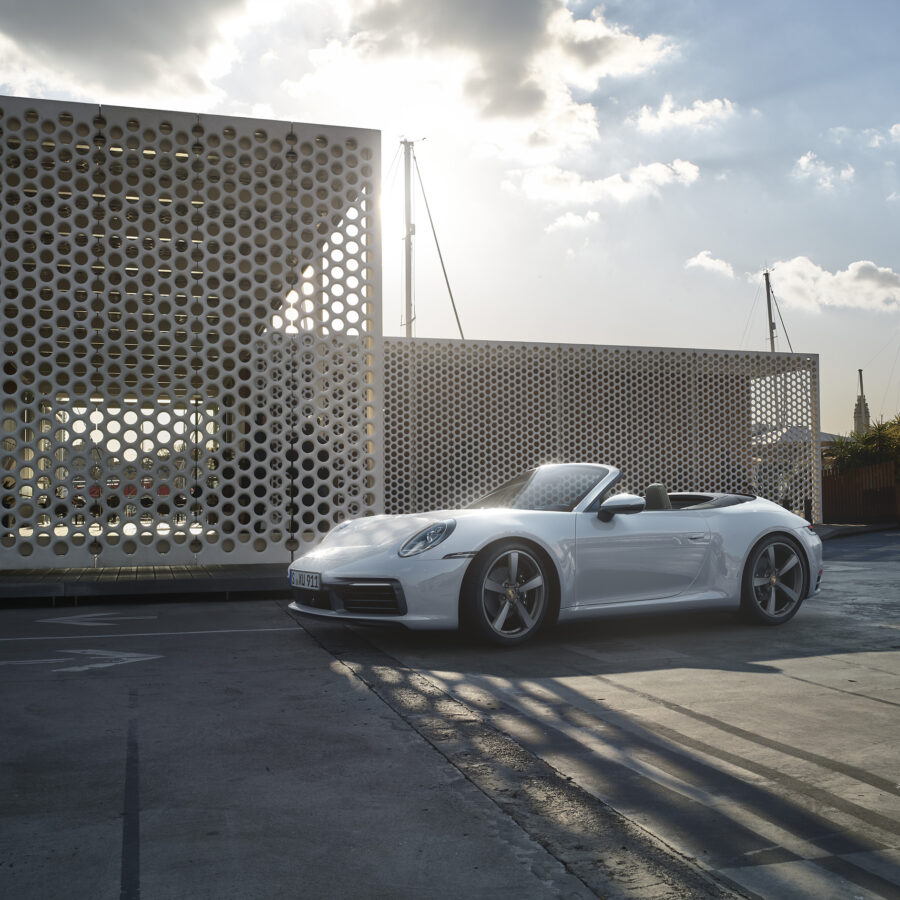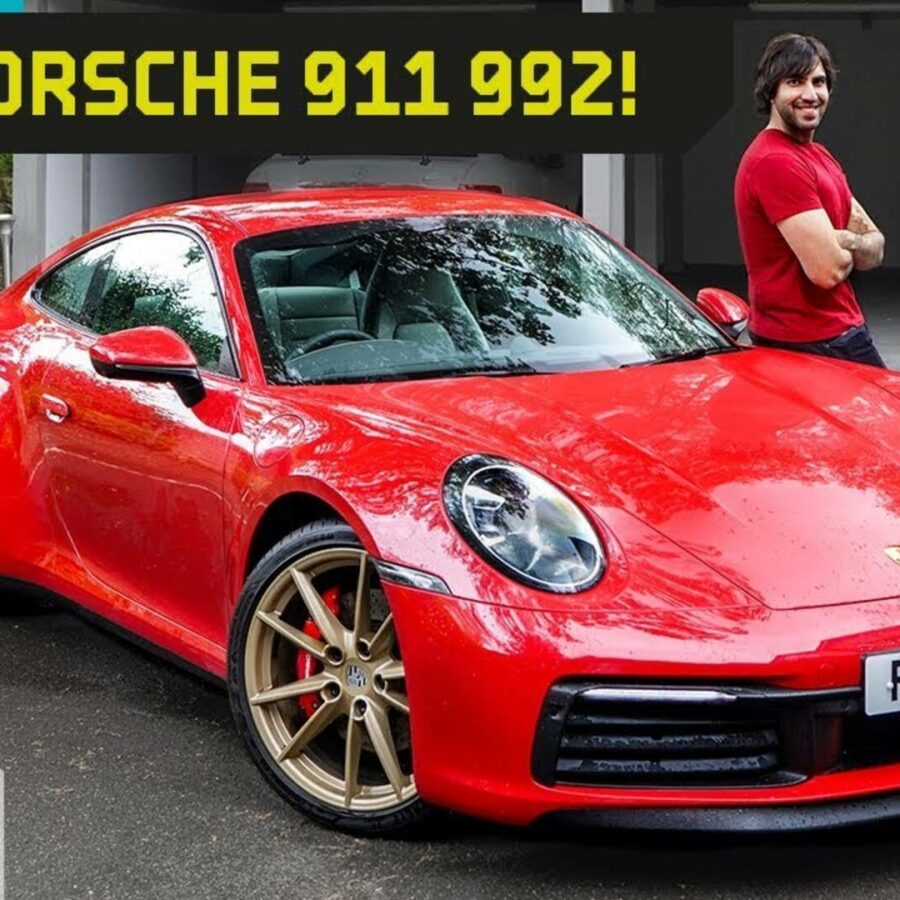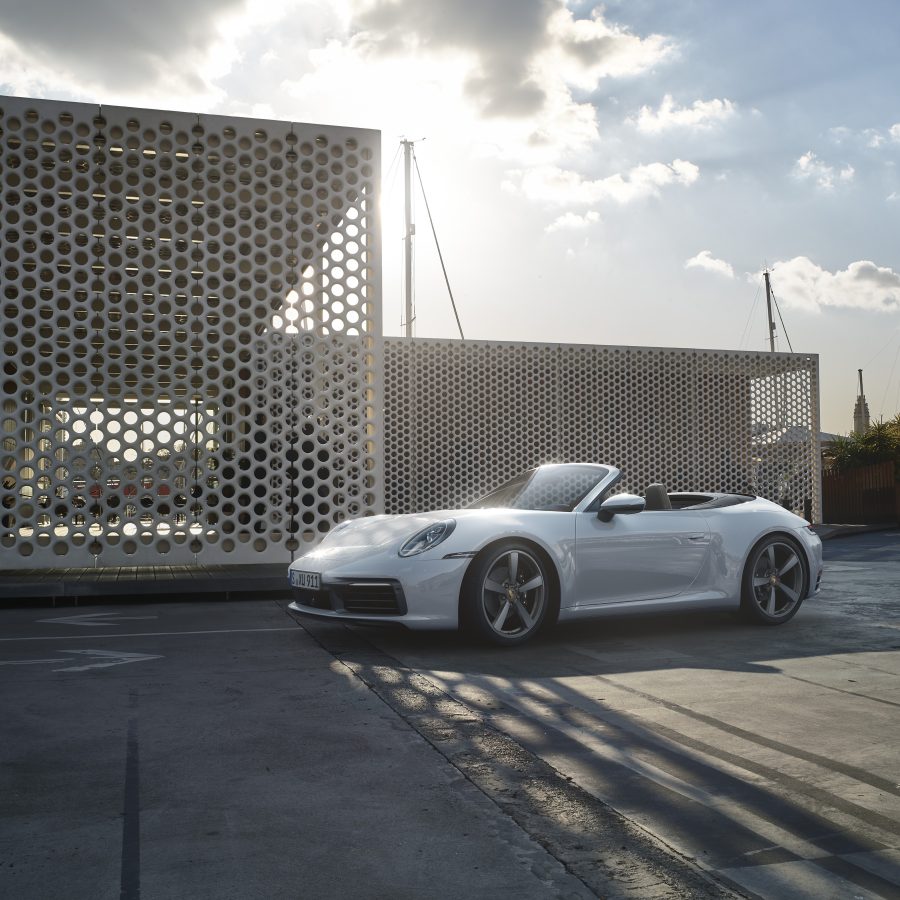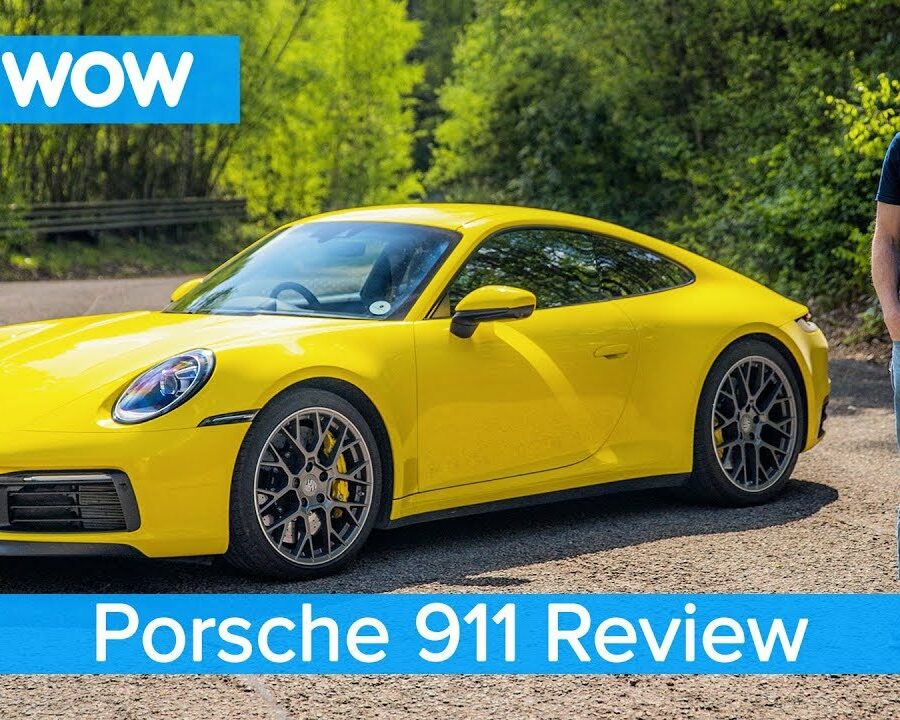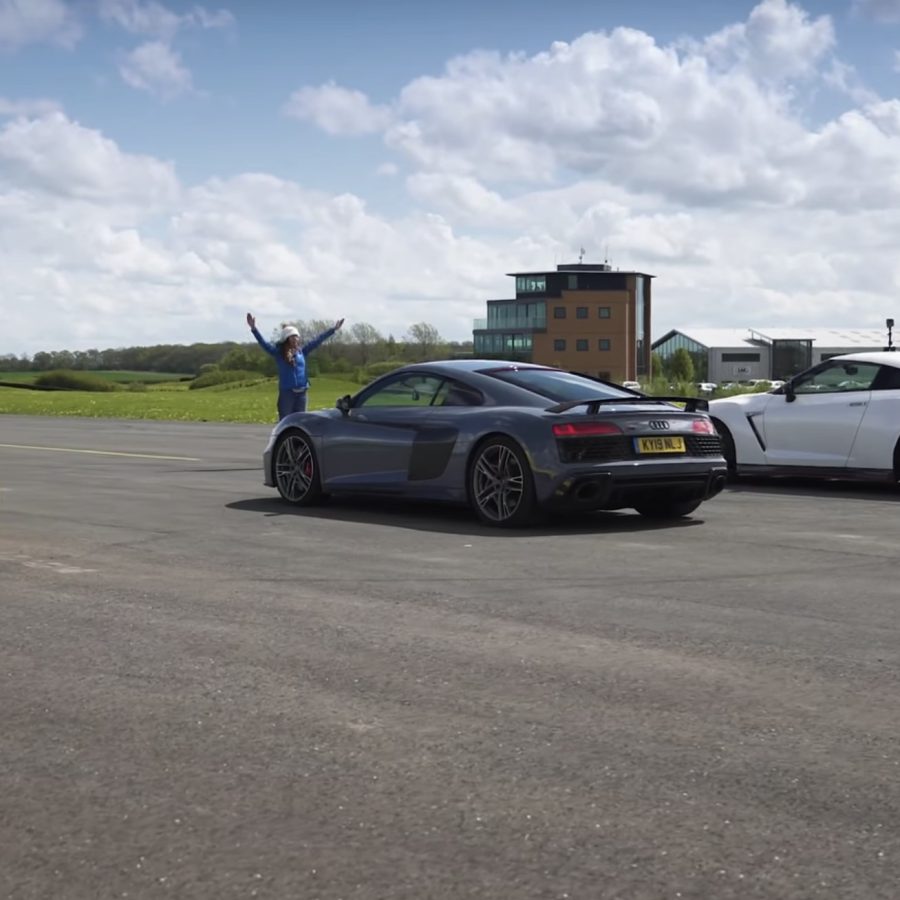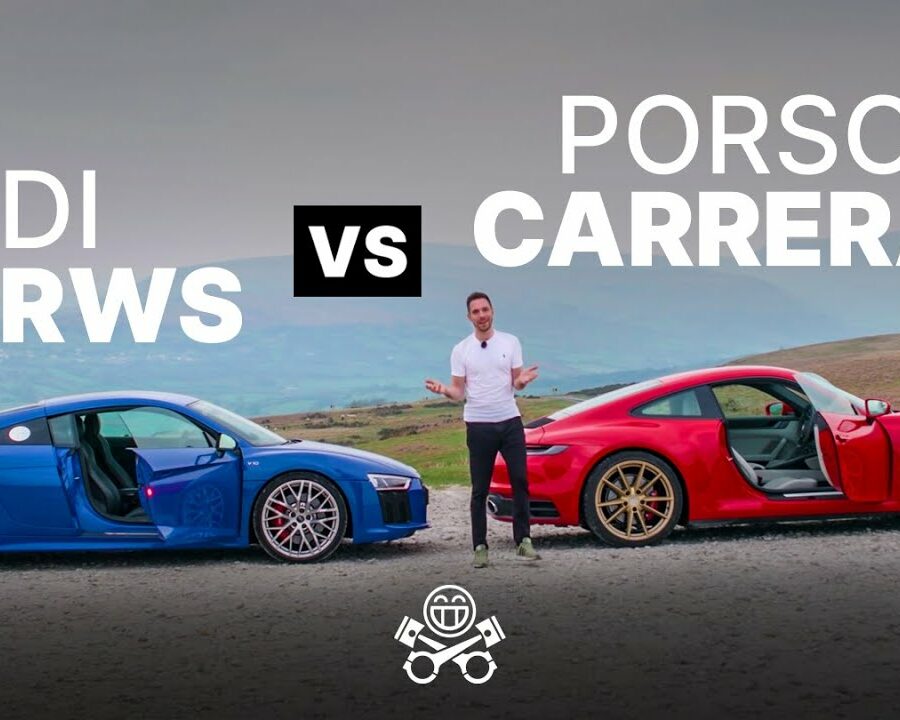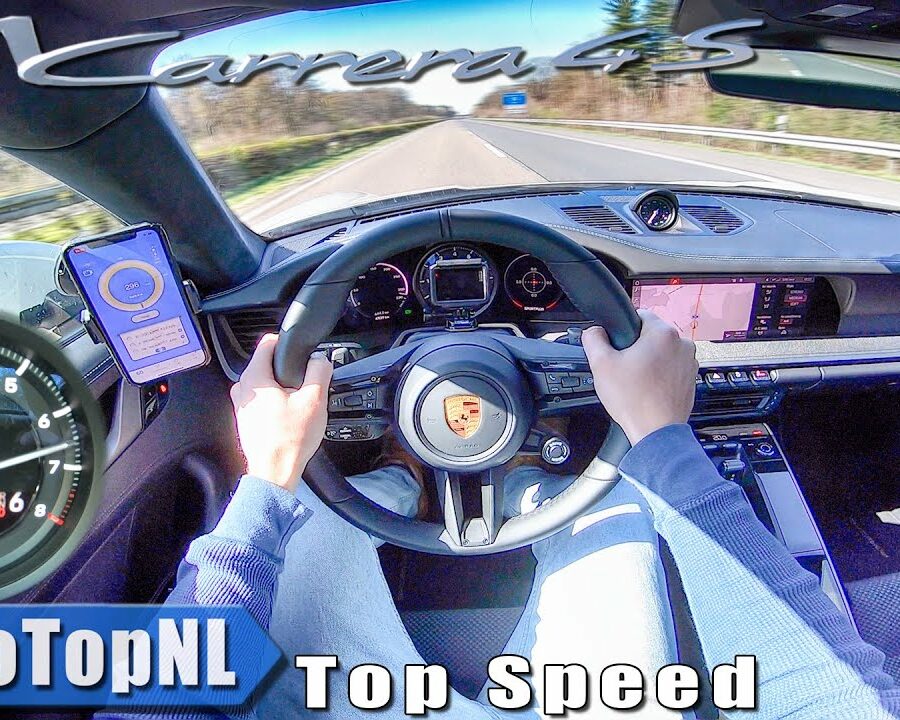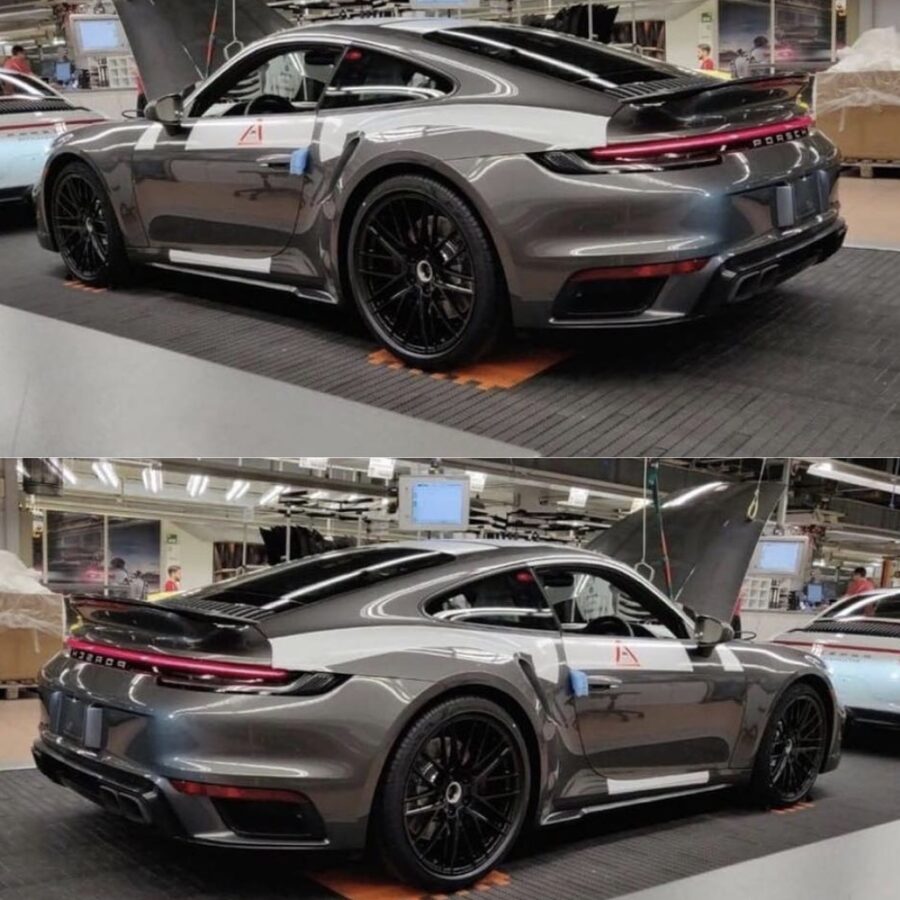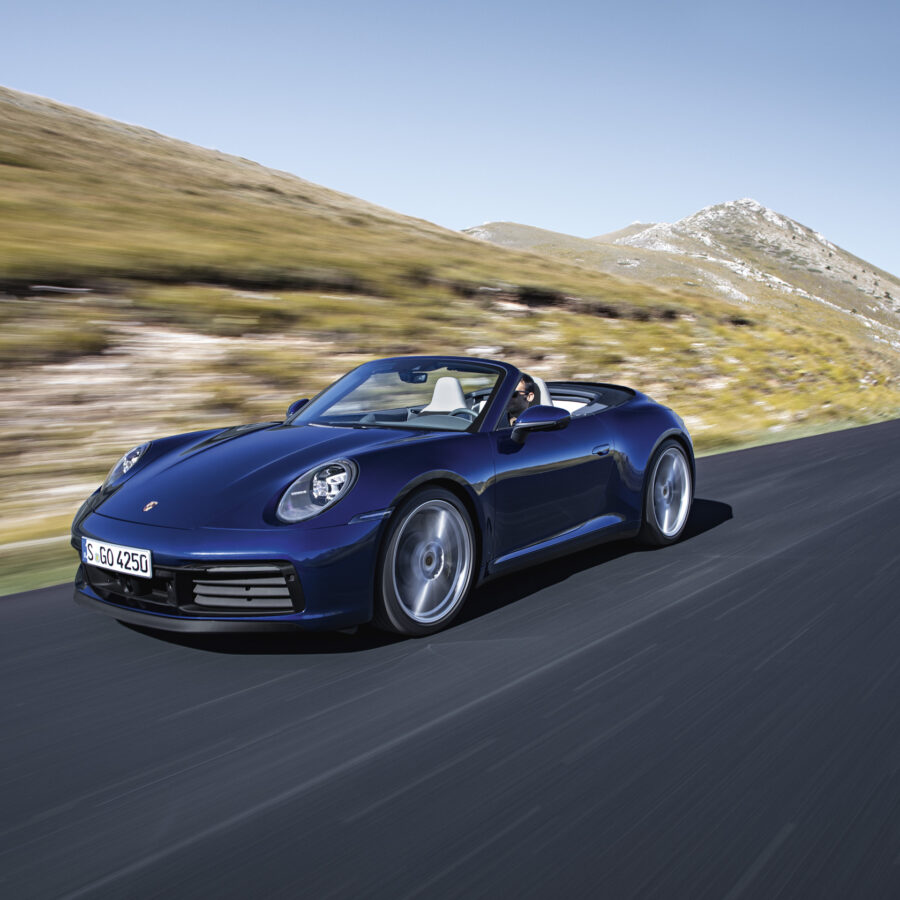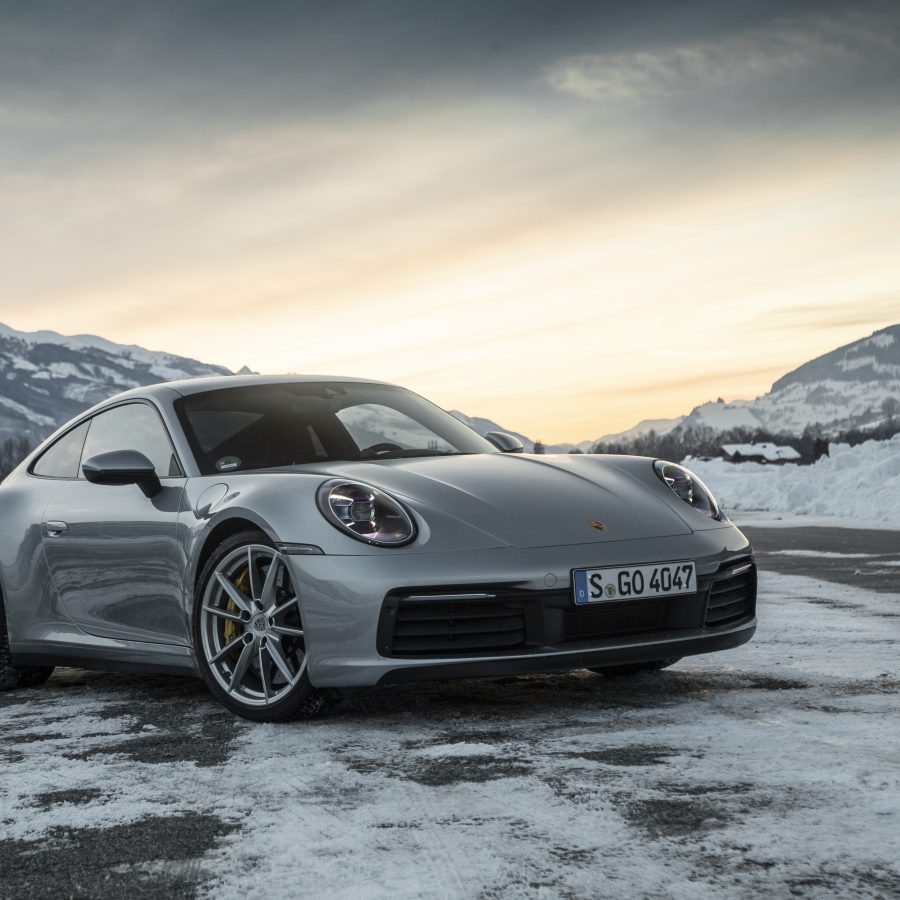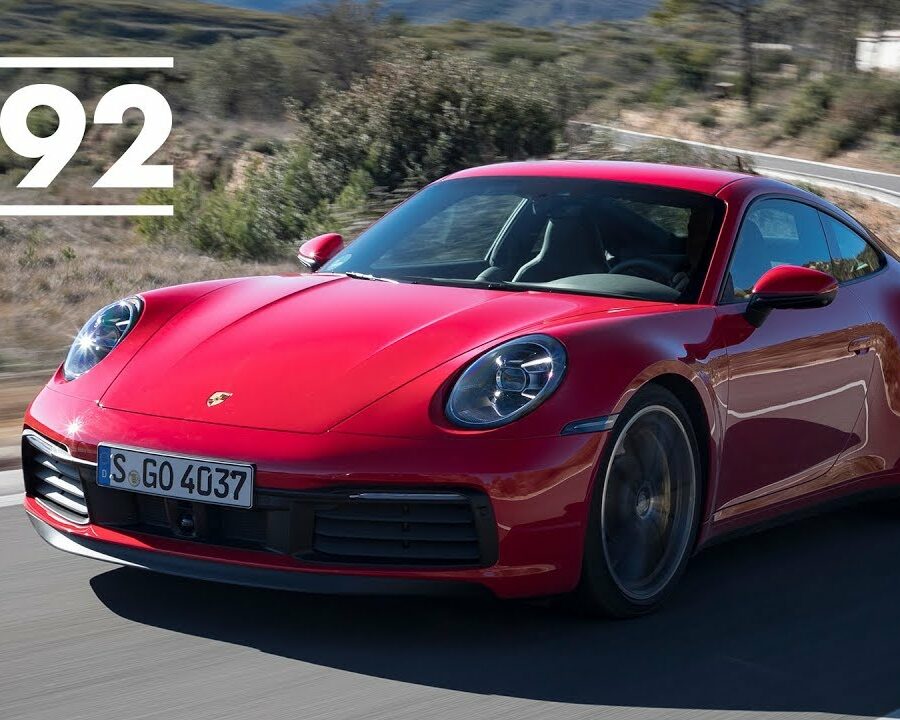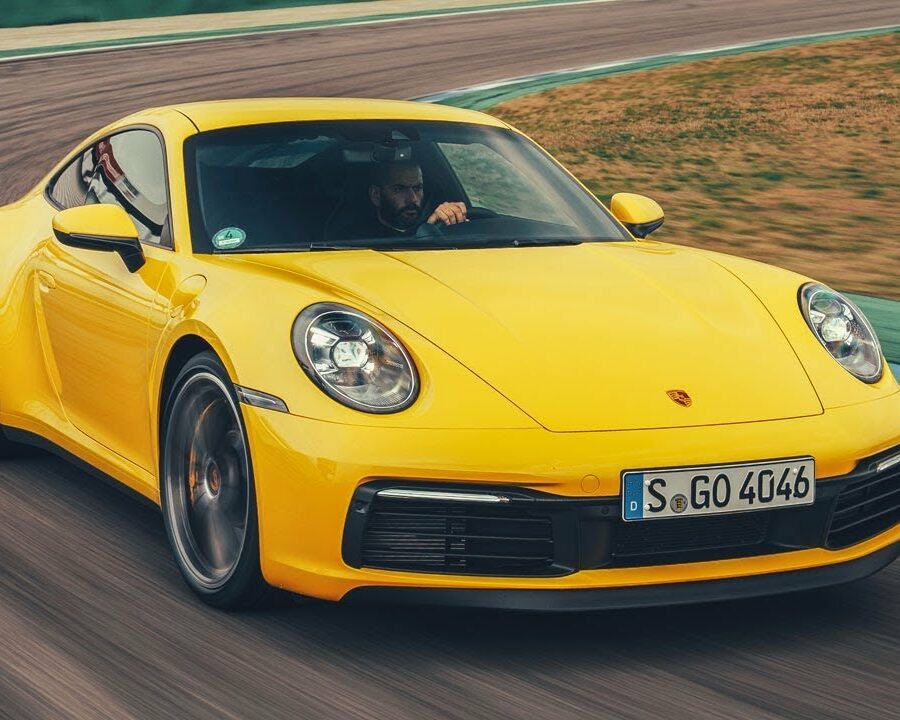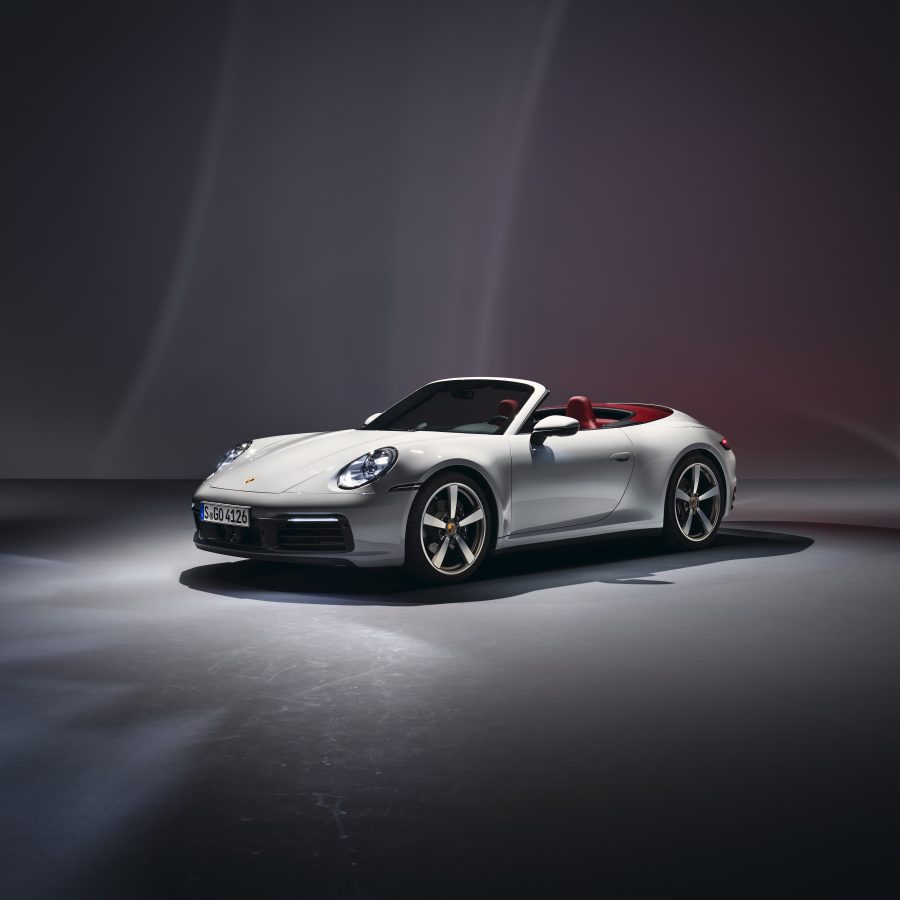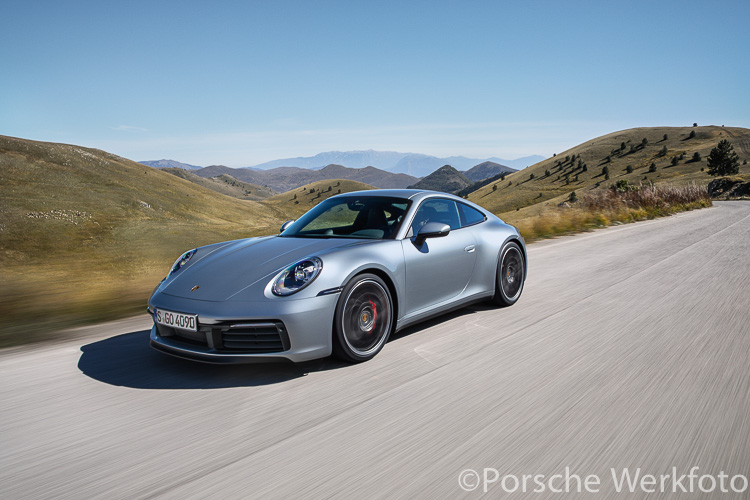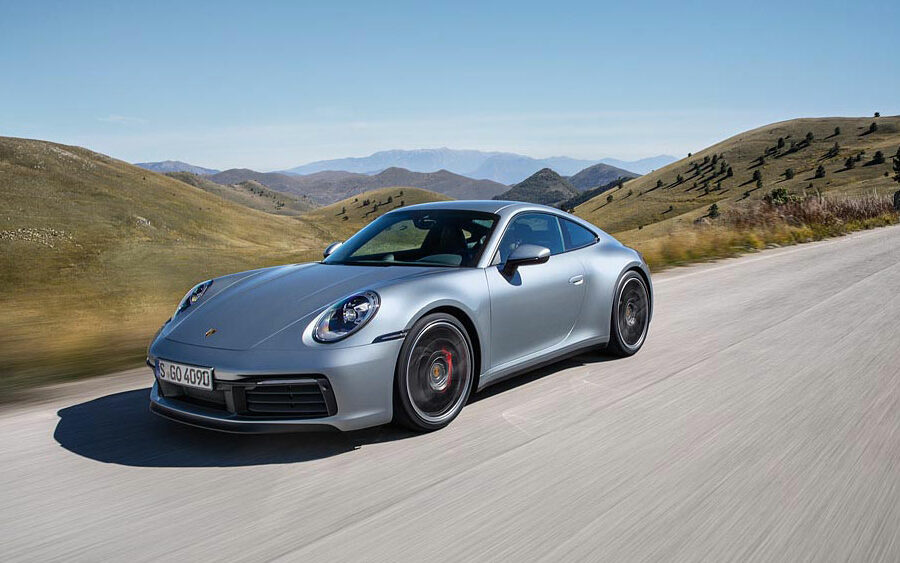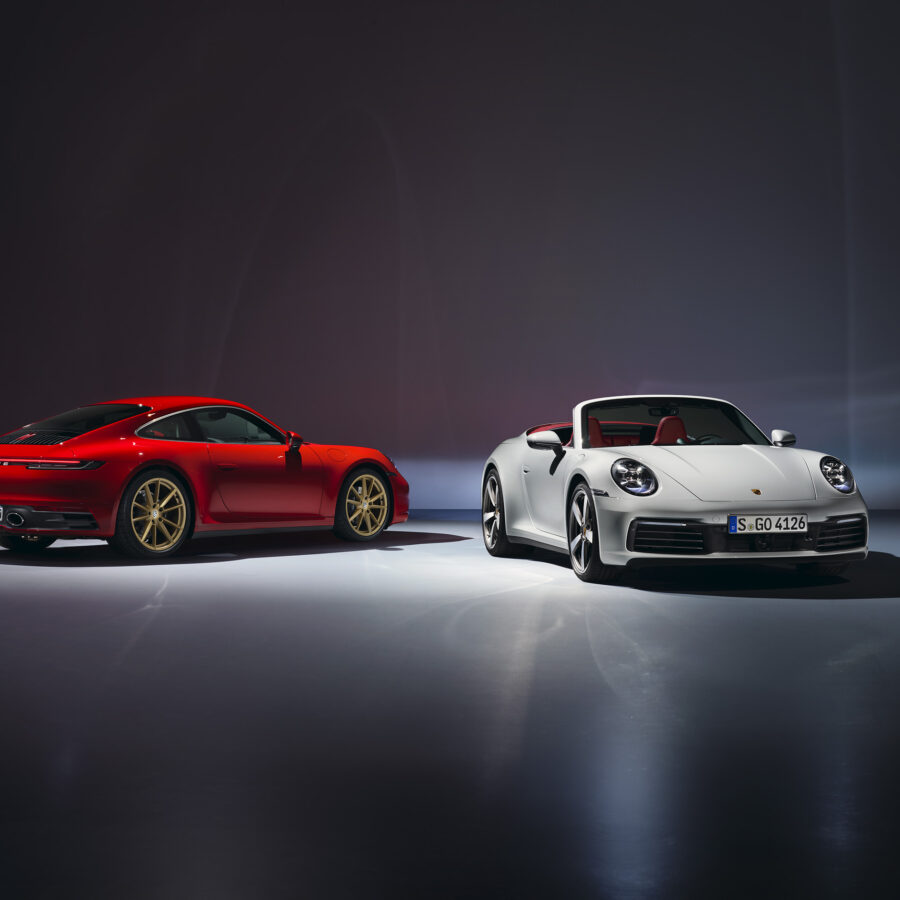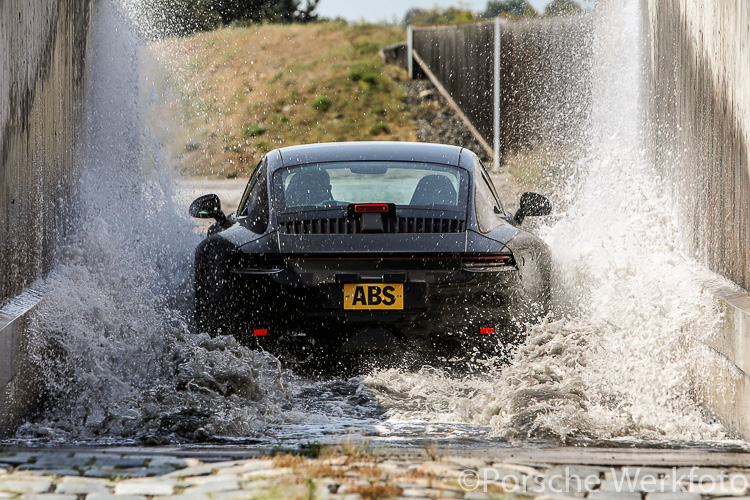Porsche 911 (992)
Compared to its predecessor, the 992 is wider and now uses aluminium body panels. The 992 also has a new rear bumper with larger exhaust tips than its predecessor. While the 992’s rear end width stayed the same as on the widebody 991, at the front, the body width was increased by 1.8″/45 mm, making room for the wider front track. The wider rear end is also standard across the entire range. That is really good news for the people who prefer sports cars with rear wheel drive, but at the same time want the wide body look. The next generation of flat-six turbocharged engines has been further developed to be more powerful than ever. There are numerous revisions and tweaks to the powerful turbocharged engines of the 992 Porsche 911 generation that are worth mentioning. A larger central intercooler is found at the rear, replacing the twin intercooler units of the 991 generation. Carrera S horsepower outputs increase from 420 to 450 as a result. As expected, Porsche launched the Carrera S and 4S first and then we saw the rest of the lineup trickle in over the following 12 – 18 months. See all of our Porsche 992 Research.
- 911 Edition 50
- 992 Sport Classic
- 992 America Edition 911
- 992 Carrera T
- 992 Dakar
- Porsche 992 GT2 RS
- 992 Carrera 2
- 992 Carrera 4
- 992 Carrera S
- 992 Carrera 4S
- 992 Targa 4
- 992 Targa 4S
- 992 Carrera GTS
- 992 Carrera 4 GTS
- 992 Targa 4 GTS
- 992 Turbo
- 992 Turbo S
- 992 GT3 R
- 992 GT3
- 992 GT3 Touring
- 992 911 S/T
- 992 GT3 RS
- 992 GT2 RS
- 992 GT3 Cup
- Porsche 992 GT3 R Rennsport
- 992.2 GT3
- 992.2 GT3 Touring
Porsche 911 GT3 Touring (992) (2022 – Present)
Sensational. Rewarding. Engaging. Intense. It Doesn't Get Any Better Than This
Porsche 911 GT3 (992) (2022 – Present)
The best sports car on the planet. No exceptions needed.
Porsche 911 Targa 4S Heritage Design Edition (992) (2021)
Historical exterior and interior design elements in this special edition Targa 4S
Porsche 911 Targa 4S (992) (2021 – Present)
Crazy. Sexy. Cool. Fast.
Porsche 911 Targa 4 (992) (2021 – Present)
The sexiest 911 gets its 992 makeover
Porsche 911 Turbo Cabriolet (992) (2021 – Present)
All-wheel drive. Cabriolet Body. Supercar Performance. What's Not to Like.
Porsche 911 Turbo Coupe (992) (2021 – Present)
You know the world is ok when the "entry level" 911 Turbo hits 0 - 60 mph in just 2.7 seconds.
Porsche 911 Turbo S Cabriolet (992) (2021 – Present)
The Most Powerful Turbo Yet...in a Cabriolet Body. Staggeringly Fast and Capable.
Porsche 911 Turbo S Coupe (992) (2021 – Present)
640 horsepower and 590 b-ft of torque. 0 - 60 mph in 2.6 seconds. Top speed of 205 mph. Yikes.
Porsche 911 Carrera 4 Cabriolet (992) (2020 – Present)
Twin-turbo flat-six, all-wheel drive safety and a drop top. NICE!!!
Porsche 911 Carrera 4 Coupe (992) (2020 – Present)
In a nutshell, it’s a base-model 911 Carrera with all-wheel drive
Porsche 911 Carrera 4S Cabriolet (992) (2020 – Present)
Top down summertime driving in the current Porsche 911 Carrera 4S Cabriolet is about as good as it gets.
Porsche 911 Carrera 4S Coupe (992) (2020 – Present)
The perfect daily driving sports car with an all-weather, remarkably high-performance envelope
Porsche 911 Carrera S Cabriolet (992) (2020 – Present)
A car that does it all really well and makes a strong case for itself as the all-round 911 to buy.
Porsche 911 Carrera S Coupe (992) (2020 – Present)
The new Porsche 911 Carrera S: More Powerful, Much Faster, More Digital
Porsche 911 Carrera Cabriolet (992) (2020 – Present)
Porsche says the Cabriolet is just as good to drive as the coupe. They are right.
Porsche 911 Carrera Coupe (992) (2020 – Present)
The base 911 Carrera is larger, faster and probably more than you ever need


